It is no secret – I am gaga about all of Mark Bulwinkle’s art. No exceptions. All of it.
I have posted on his steel and metal work, his steel work with children at Malcolm X School, his new work at the old Cody’s, and his painted walls.
Now: tiles. Above are tiles in the restrooms at the Old Cody’s, the new Mad Monk Anachronistic Media Center at Telegraph and Haste.
The only other in-place Bulwinkle tiles that I know of visible to the public at this moment that are (almost) in Berkeley are at Jumpin’ Java at 6606 Shattuck, just inside Oakland. Jumpin’ Java, owned and run by Bulwinkle’s friend Mike Dawoud, houses one of the single largest collections of work by Mark Bulwinkle, including the tiles in the floor just inside the door, shown in the photograph above. Individual tiles and Bulwinkle cards are for sale along with baked goods.
Tiles, whether they are stoneware or earthenware, glazed or not, start with clay. Different clays, but – clay.
He wrote this about the clay: “I buy my clay from Michael Haney. He has no internet presence and does not want any. He makes clay, fancy dirt, which is a fine art in itself. He has a one-man business making his own formulas for a collection of customers who use clay. Mike and I seem to get along because we both seem to be political cynics and economic troglodytes. Mike doesn’t advertise but relies on word of mouth, since he makes the finest clay you can buy. He made Viola’s (Viola Frey) clay, some of which I still use and you can still buy even though she has been dead quite a while. Called ‘Viola’s Mix.’ He works alone with his dogs in a small warehouse up in Richmond, where the debris met the sea. He feeds stray dogs, and reads mysteries.”
Okay – we’ve got the clay.
A big cheese cutter – a chunk of clay.
Then into a smaller chunk for a small tile.
On the right is the original positive carving used to make a negative mold.
Now to the press.
Clay placed, ready for the press.
The clay has been pressed into the mold.
From cheese slicer to pizza knife – trimming the molded clay.
Last stop – the kiln.
In Bulwinkle’s shop there are many molds and many finished tiles.
But, you might be saying, these tiles don’t look like the tiles from Jumpin’ Java. True! The Jumpin’ Java tiles are made with a different process.
The original form is steel. It is pressed into redwood to form a wooden mold, when is then used to make the tile.
Creating the original positive mold is creative and fun. The rest is repetitive and boring. But Bulwinkle does boring okay, drawing on childhood experiences doing garden and agricultural work. Boring but okay.
Other views of his tiles out in the world:
Richard Ward at Dry Garden Nursery (6556 Shattuck, just south of Jumpin’ Java) has known Bulwinkle for almost 20 years. There is Bulwinkle art lacing the windows of the office and scattered throughout the nursery. And – tiles for sale!
Ward and Jimpa Nyima run Dry Garden, which has cactus and succulents and California natives, drought-tolerant bamboos, low-water perennials, grasses and trees. Of Ward Bulwinke says: “He is a fine person. He has been most kind and non-judgmental toward me, which can be difficult for many.”
Donna Reynolds and Tim Racer are Good People in Bulwinkle’s book, and mine (It’s all about me!). They have a number of Bulwinkle tiles in their Oakland home / pit bull rescue shelter.
The grand prize, in the pit bull “barn,” is this hearth.
Bulwinkle introduced me to Susan Alexander, an art collector and dealer in Glen Ellen.
She has Bulwinkle art throughout her house – metal, wood – and a tile.
Through connections at Mills College, Bulwinkle met and became friends with the late Lou Harrison, a composer with an affinity for non-Western music, especially pieces written for Javanese-style gamelan instruments. The gamelan is the traditional ensemble music of Indonesia, made up predominantly of percussive instruments. Harrison wrote in just intonation rather than equal temperament. He worked with microtones. I don’t know what any of that means other than he was an innovative, experimental, avant garde composer.
Harrison built a straw bale house in Joshua Tree. He completed it in 2002, shortly before his death. After Harrison’s death, his friend Eva Soltes founded the Harrison House Artist Residency program, which has evolved into Harrison House Music, Arts & Ecology.
Bulwinkle has shown his work there several times, both steel and tile.
Where can you buy Mark Bulwinkle tiles? Good question.
Bulwinkle’s website is the obvious first stop.
In addition to Jumpin’ Java and Dry Garden Nursery on Shattuck, the Oakland Museum of California has Bulwinkle tiles in its gift shop.
And, lastly, you can find an Art-O-Mat and buy a small tile.
Find a what?
When Clark Whittington moved to Winston-Salem, he saw an opportunity with old cigarette vending machines that were now banned.
He repurposed them as art vending machines. They are really something. Check out his website.
Among the artists whose work is available in Art-o-mats is Bulwinkle.
Bulwinkle packages his small tiles in cigarette-sized boxes for sale in the old machines. It is not an especially profitable enterprise for him, but boy oh boy is it a cool idea. I want one!
Bulwinkle’s tiles really work for me. When I went through Jumpin’ Java and Dry Garden with a large Berkeley Path Wanderers walking group in April 2016, the tiles worked for many of the walkers. They touched them and held them and liked them.
I showed the photos to my friend. “Lou Harrison – I never knew him but I sure heard of him. Talk to Young Emily about him if you want to. She spoke at the 2011 conference on Interdisciplinary Musicology in Glasgow. Everybody else was talking about a fundamental frequency estimation algorithm and all that – she talked about just intonation and Ptolmey’s scale. Kept it simple. At the time I got it. I think I did at least.”
Splendid knowledge. What about Bulwinkle’s tiles?


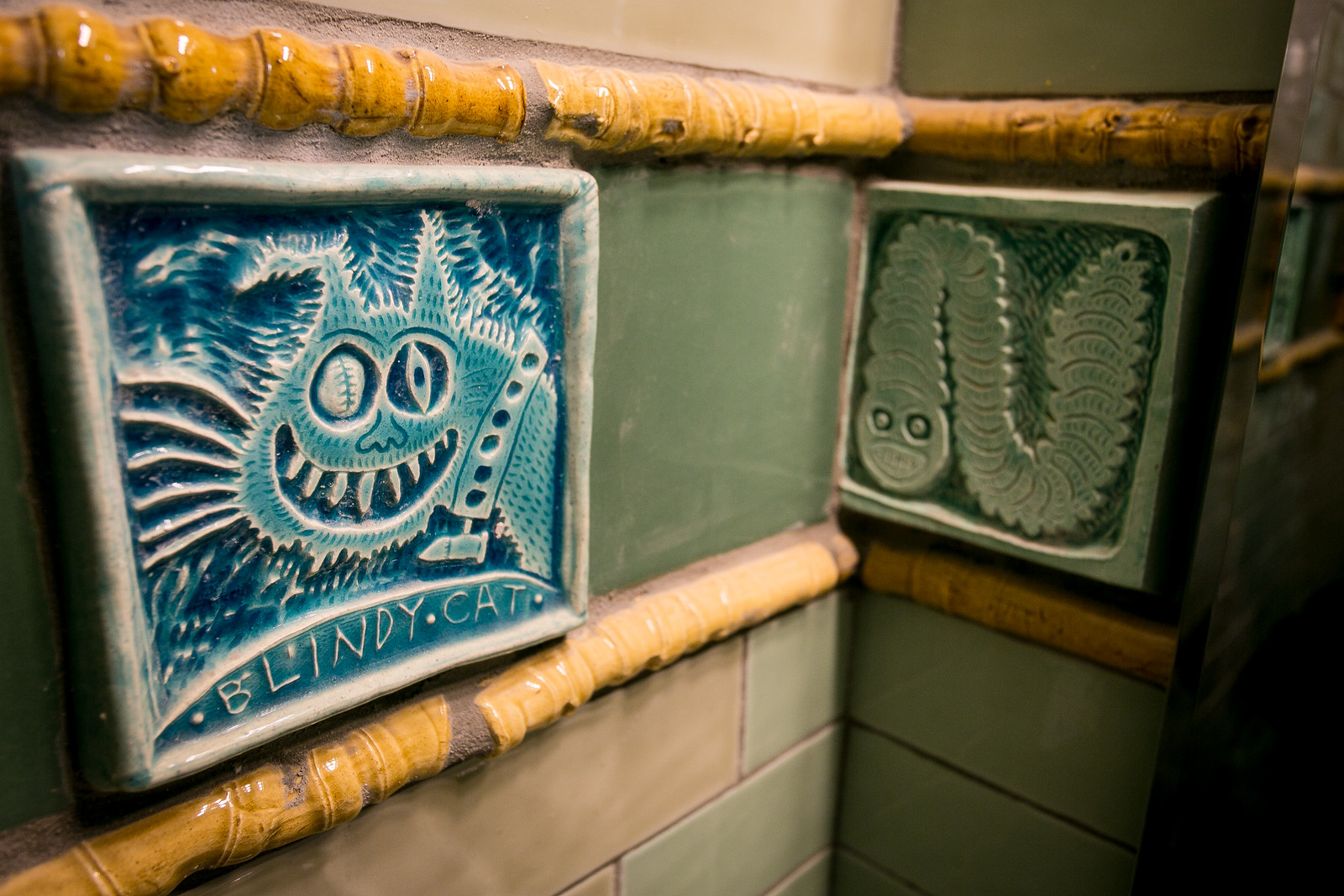
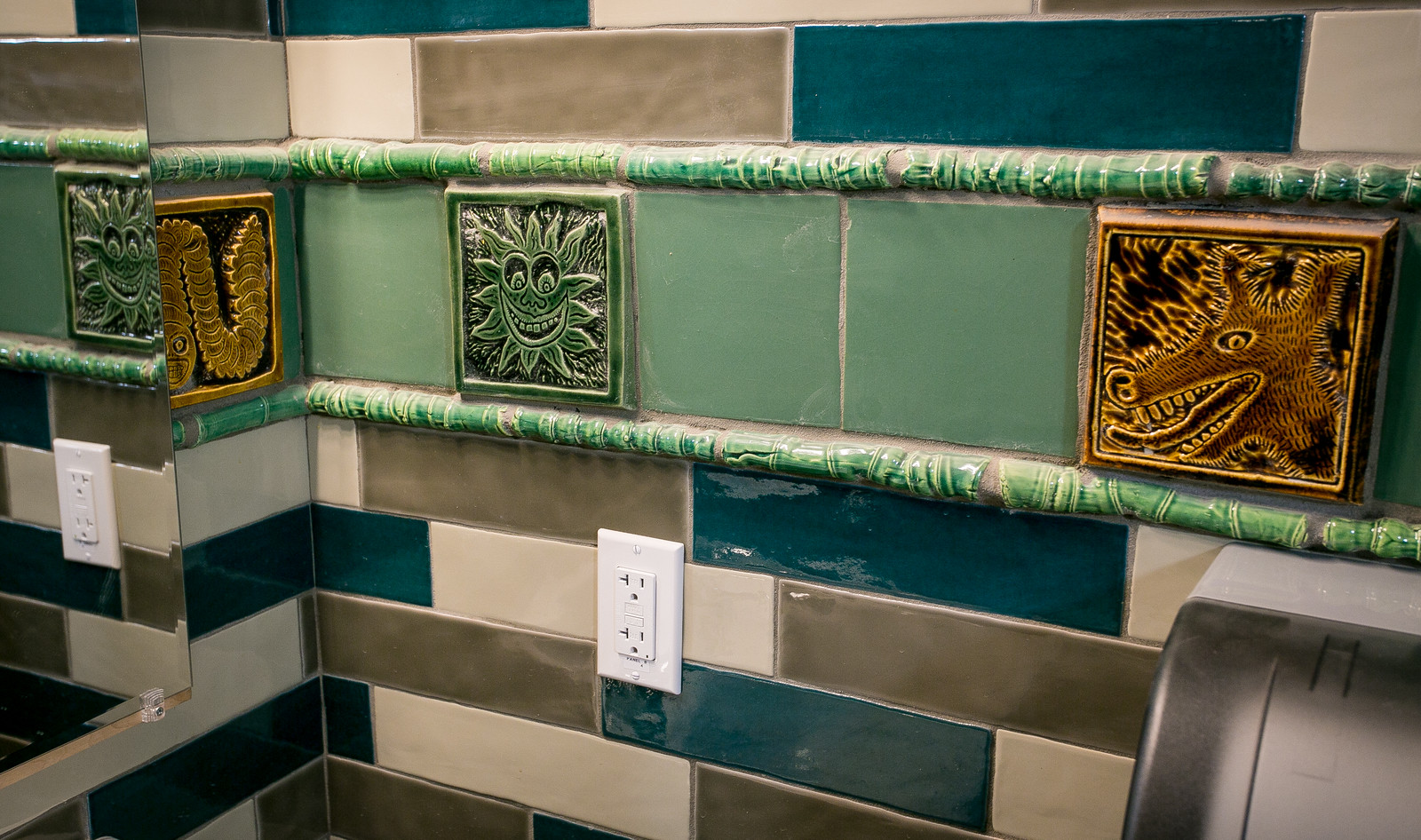
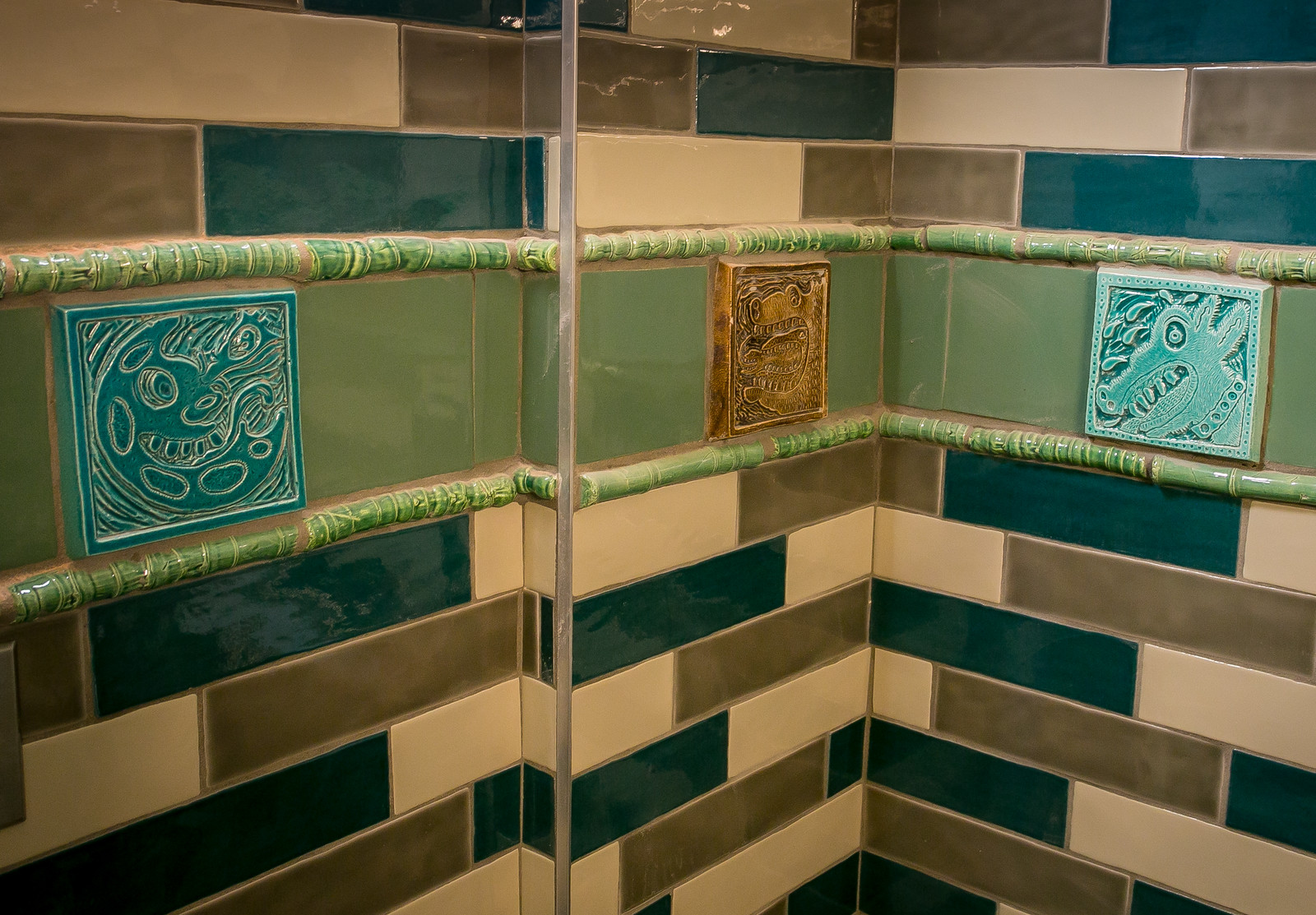
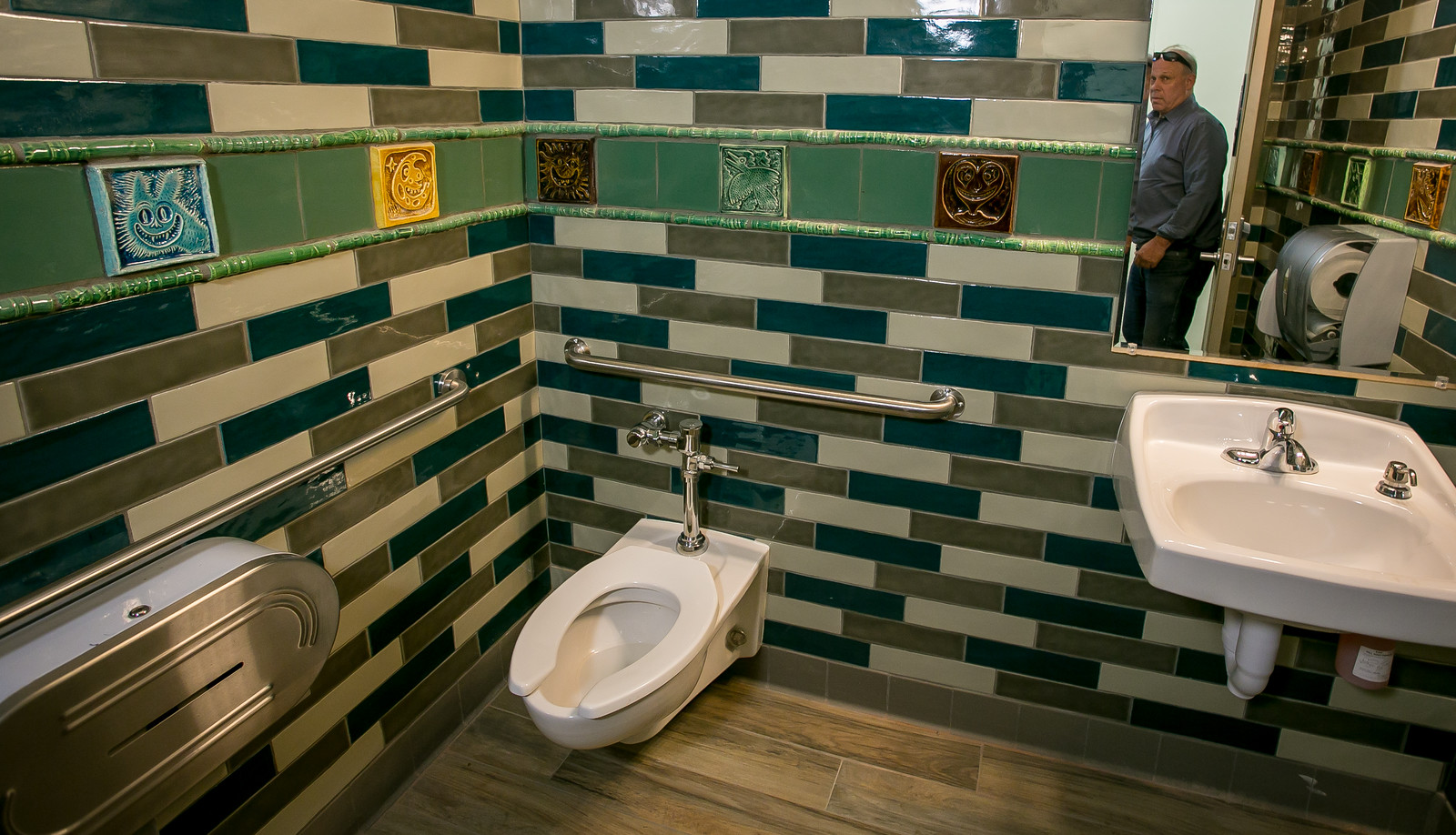
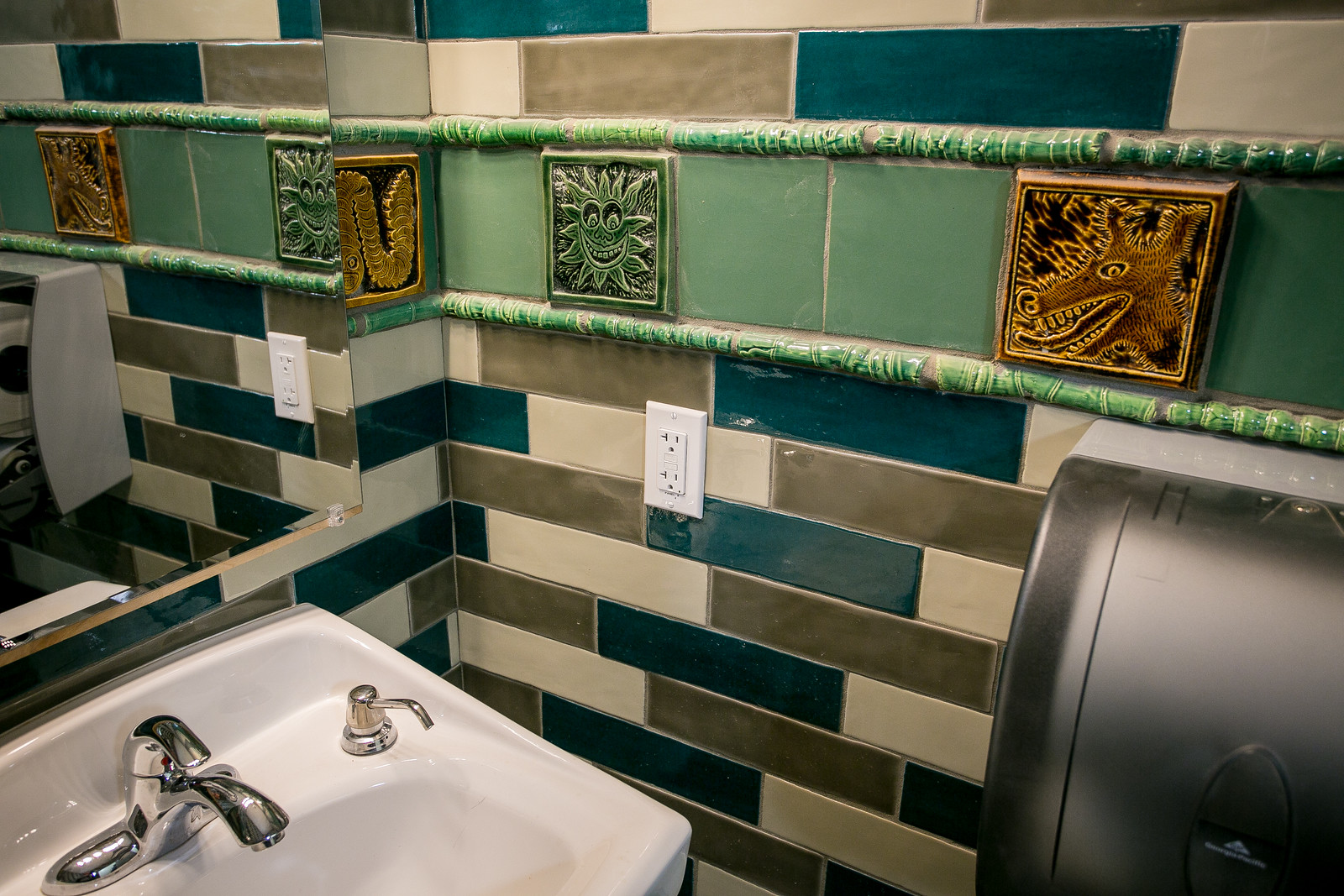
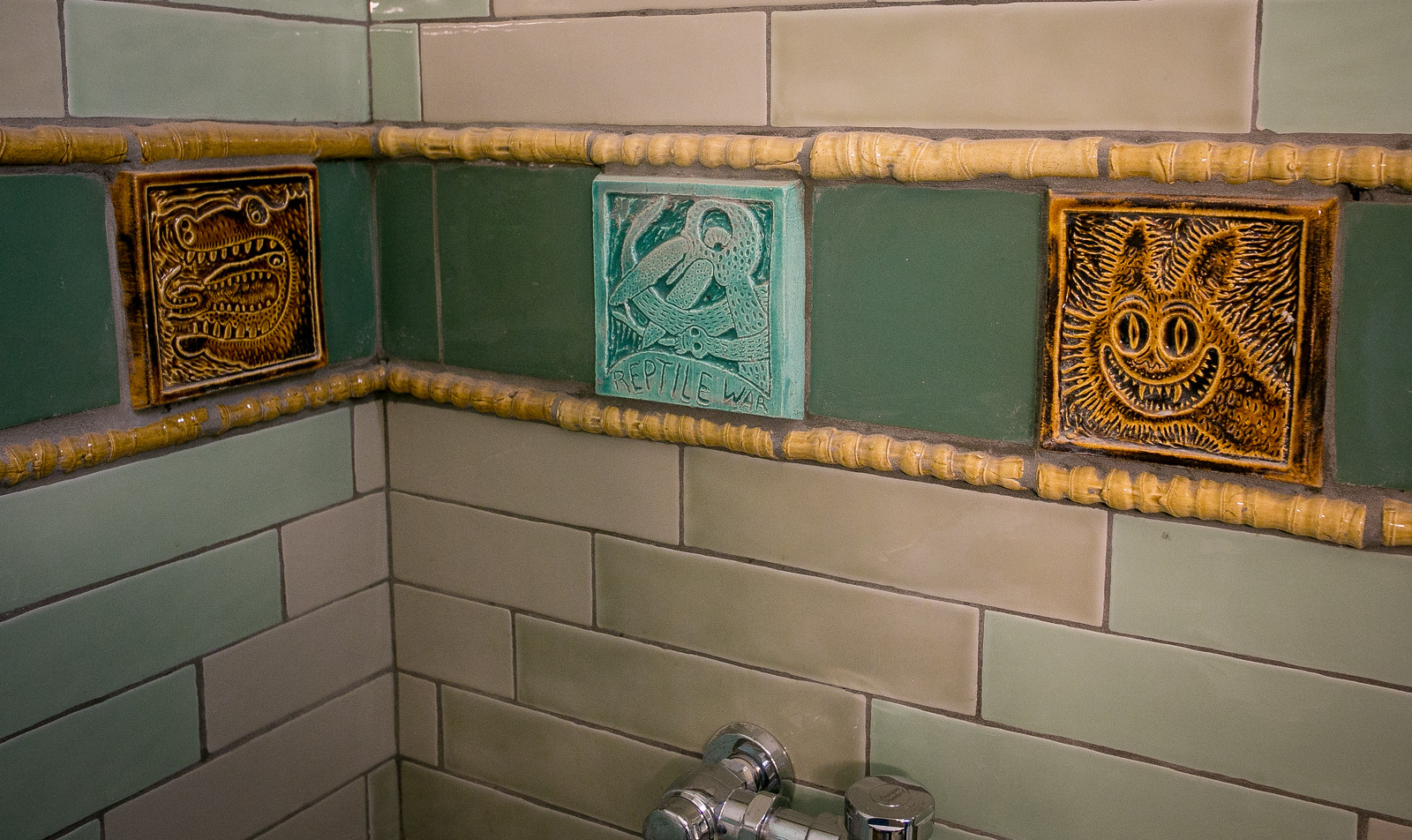
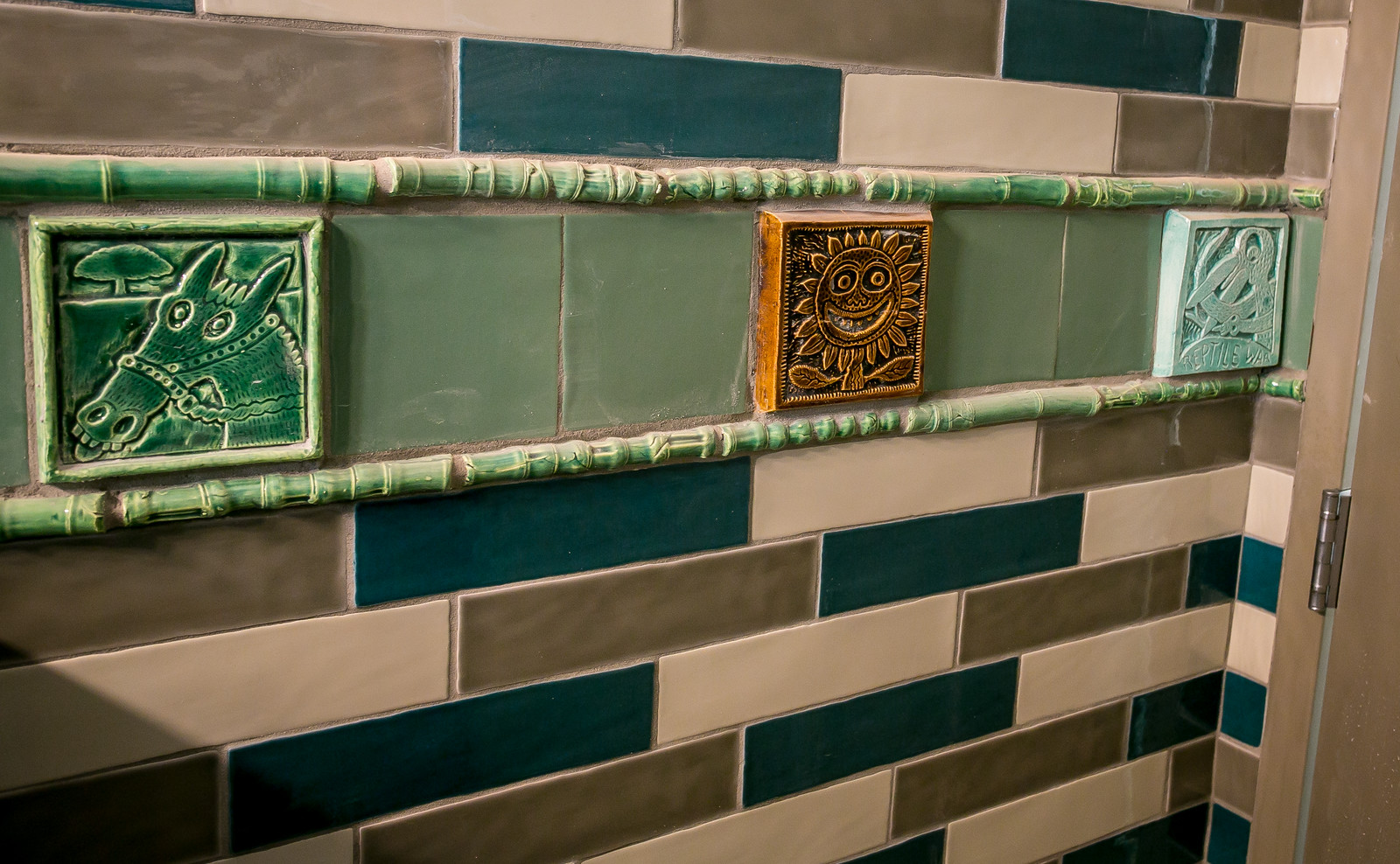
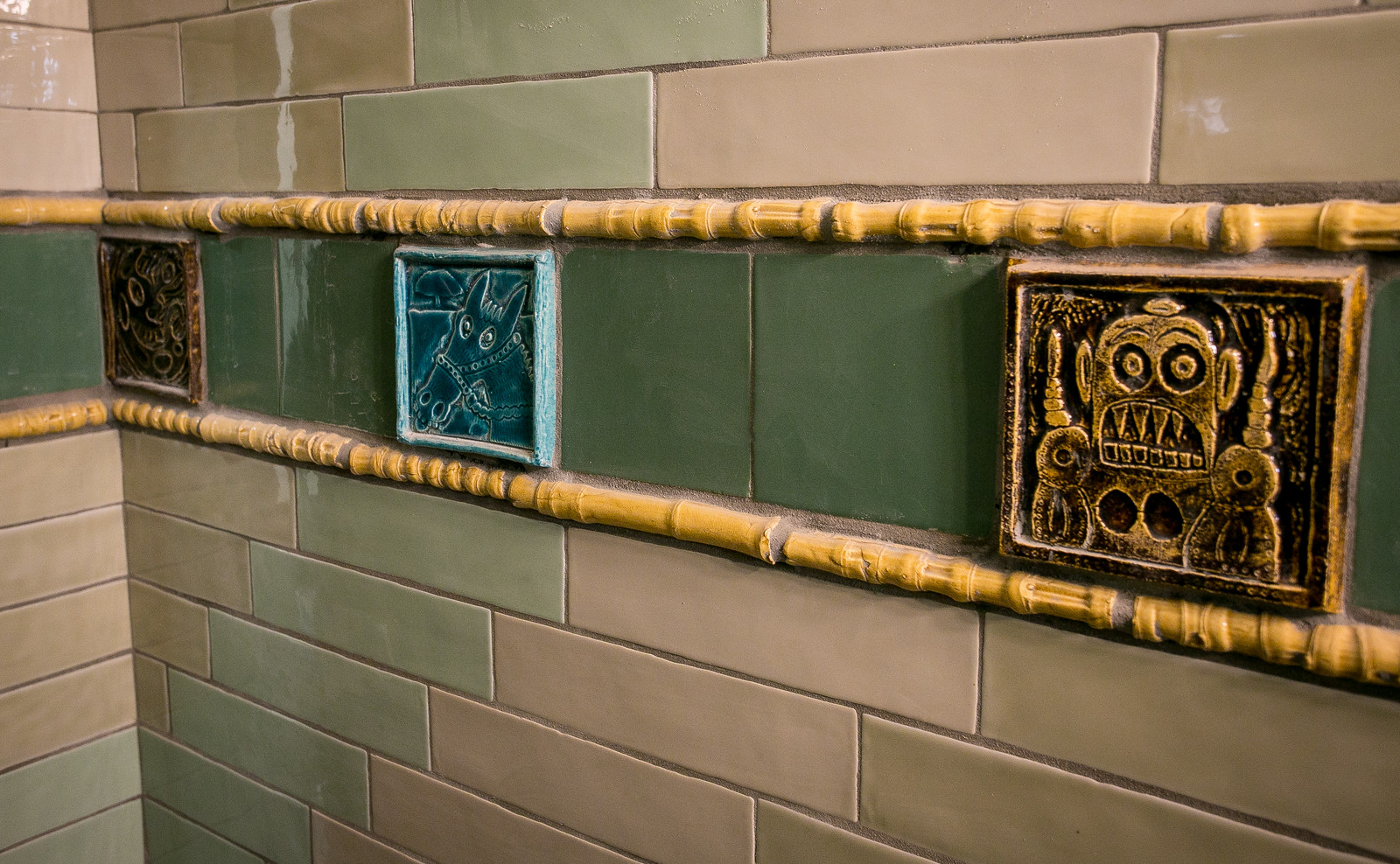
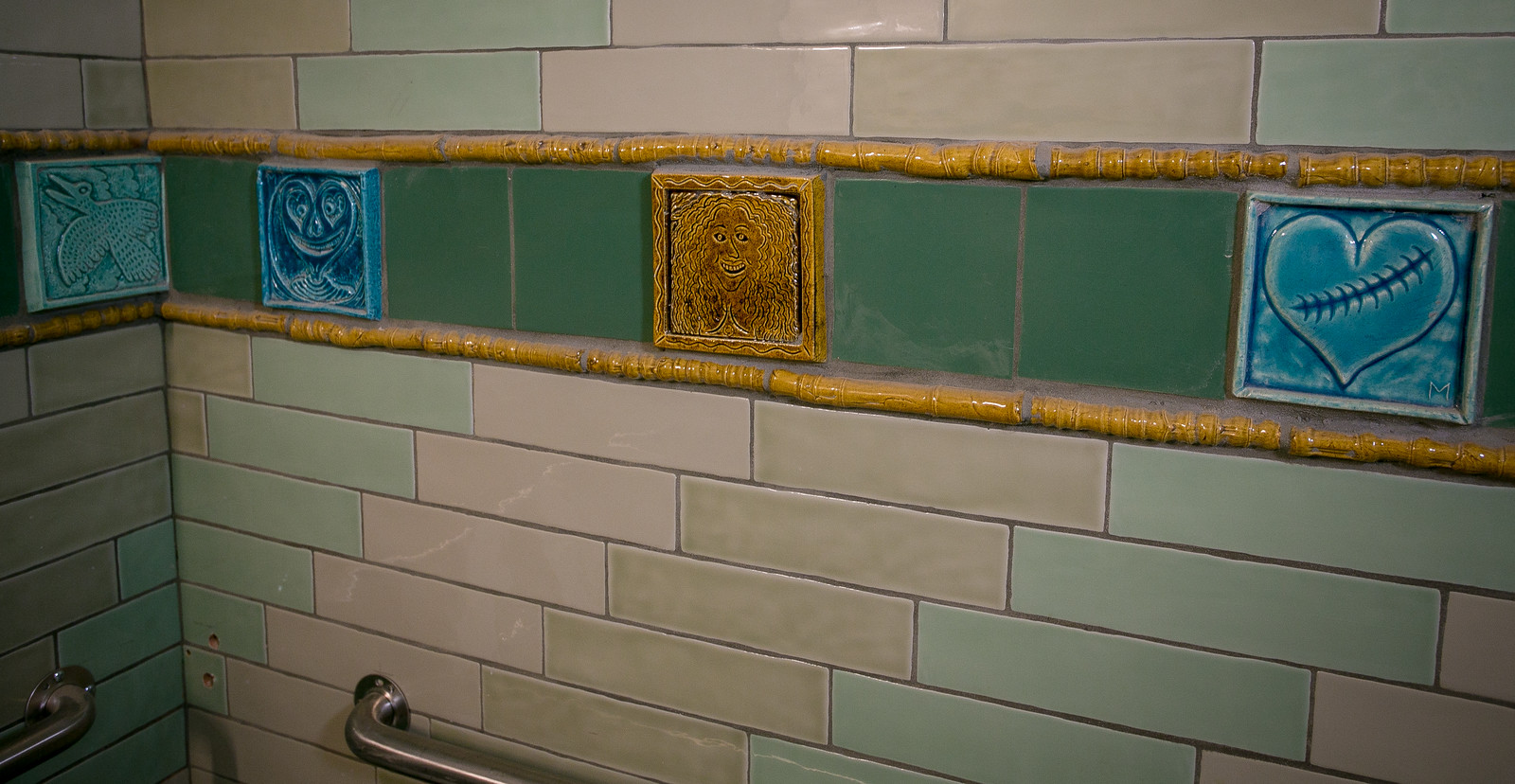
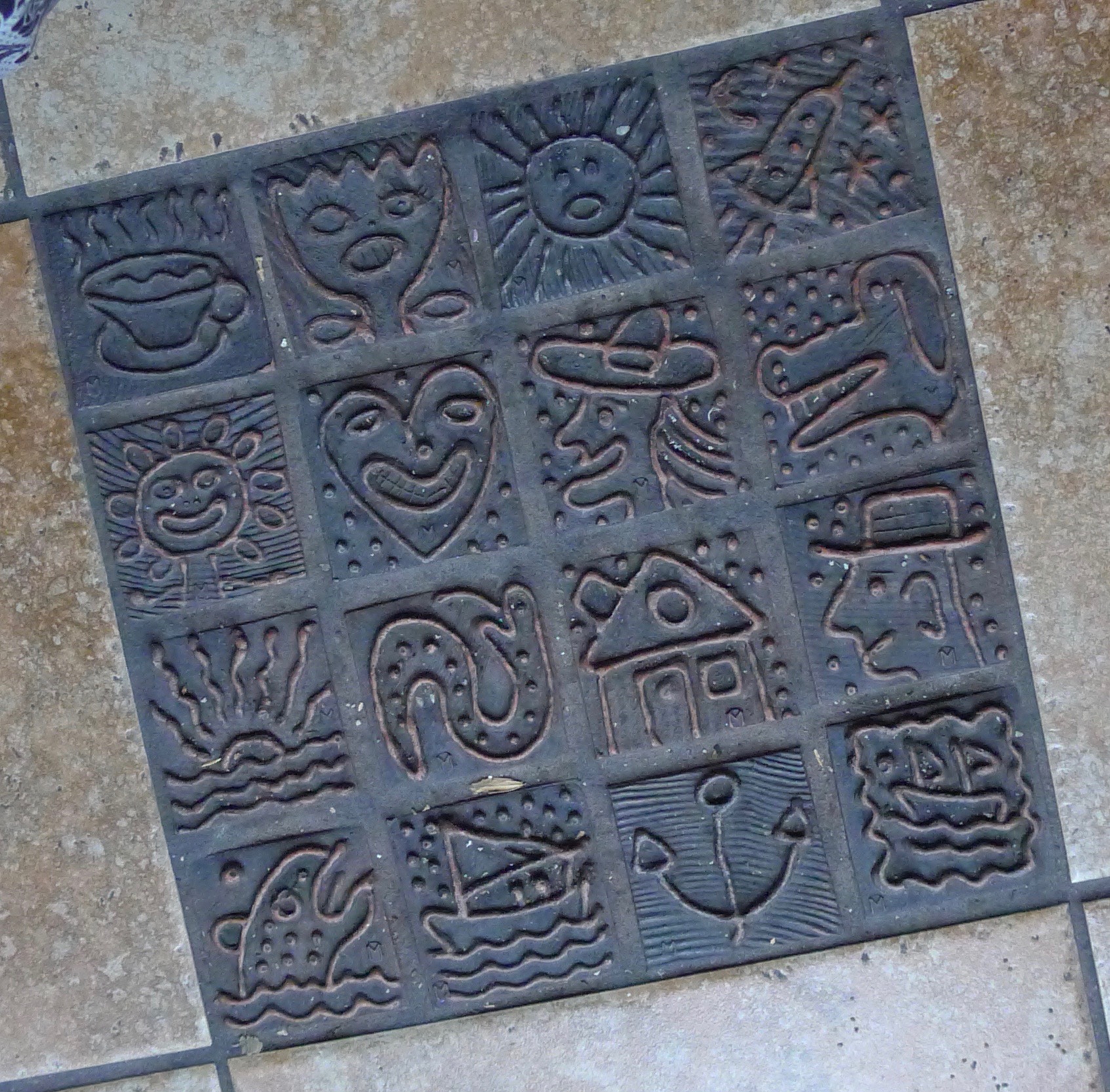
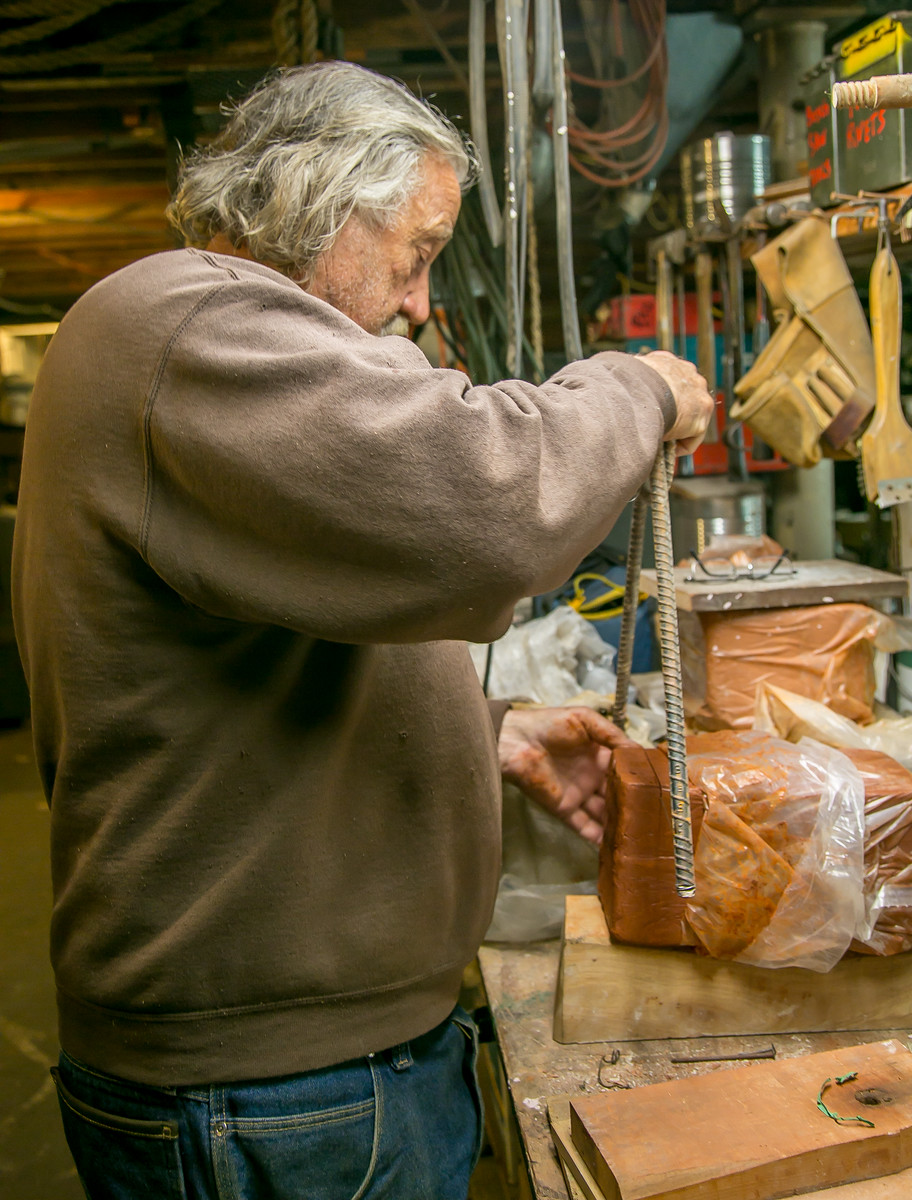
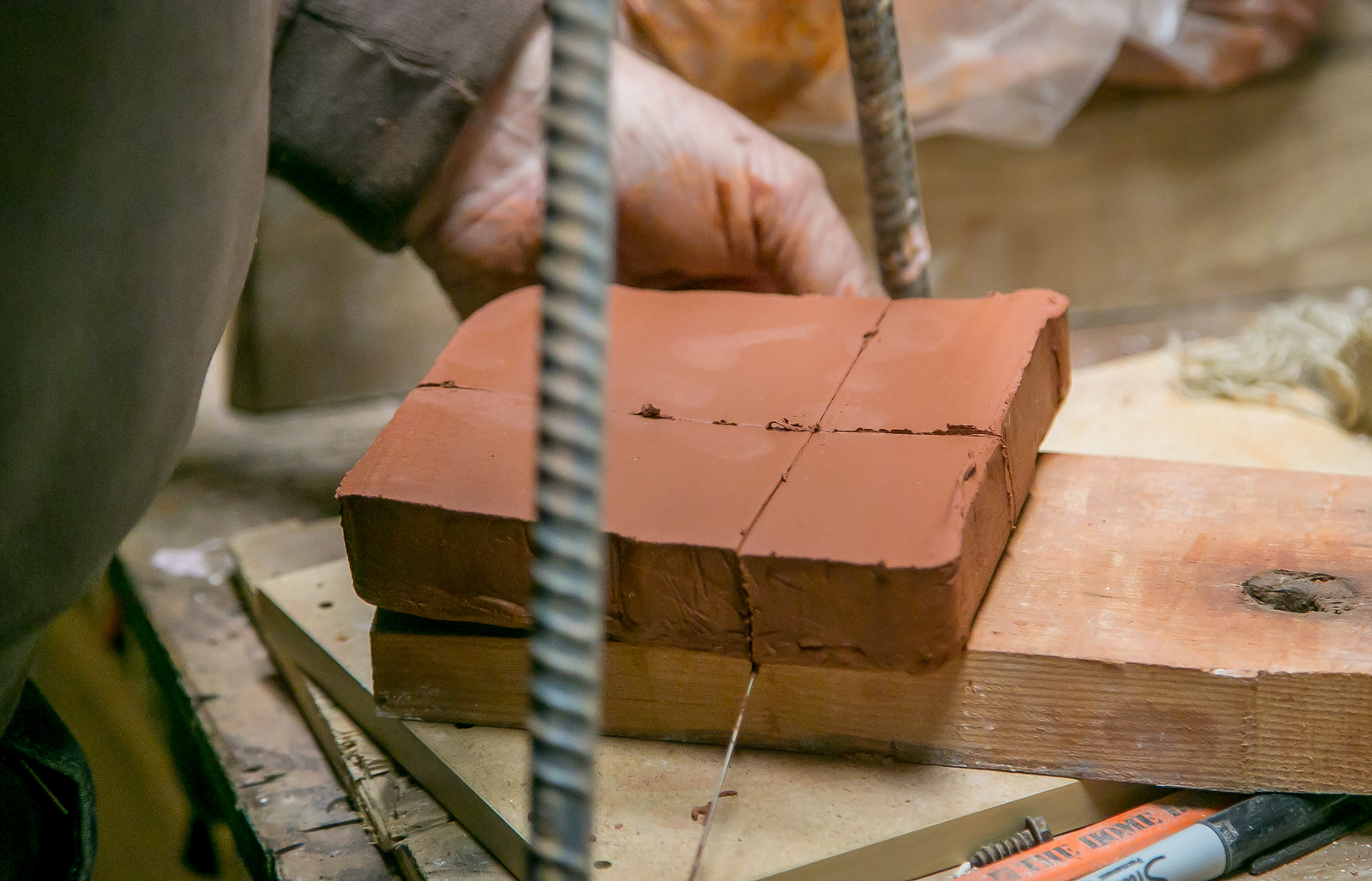
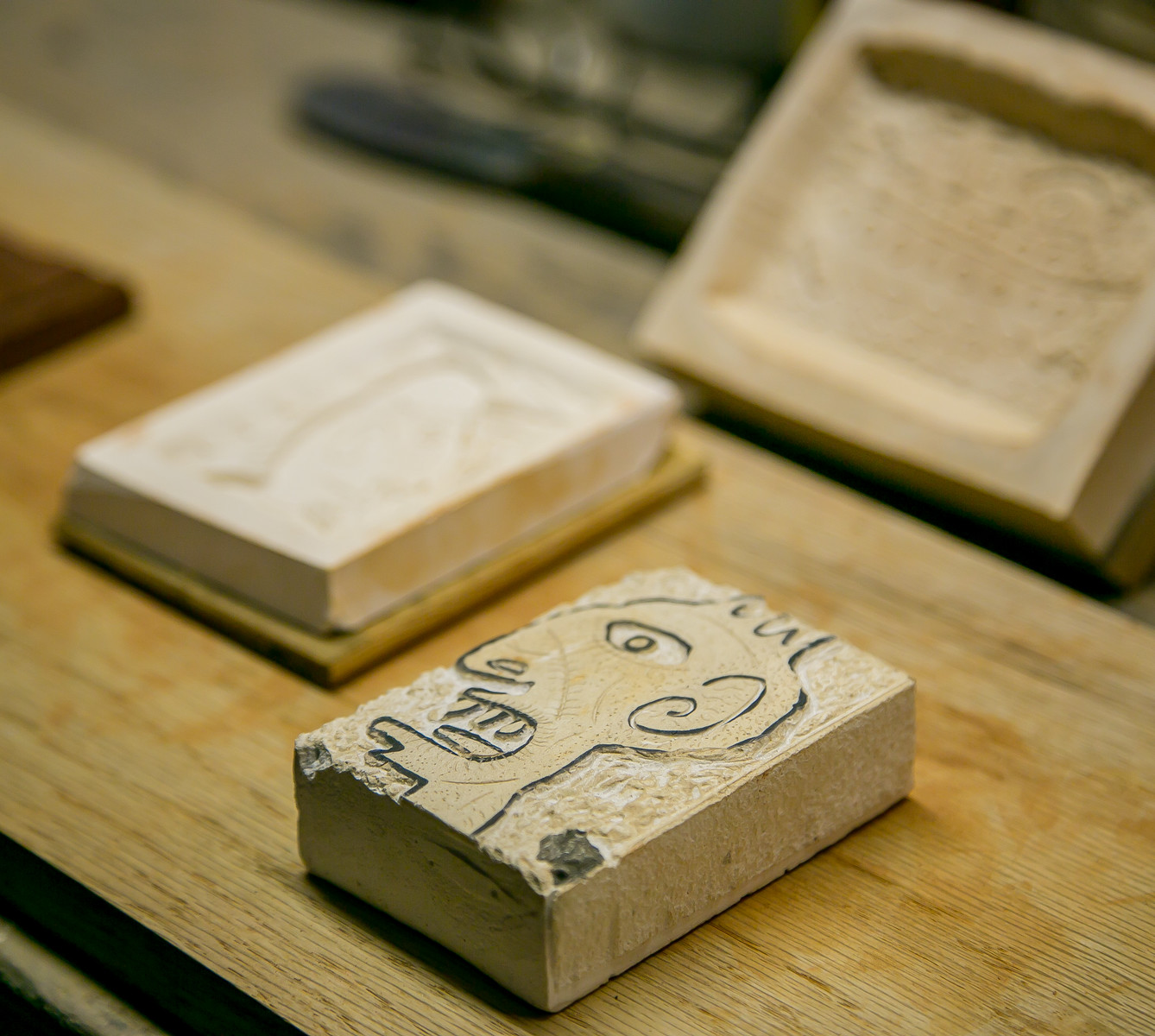
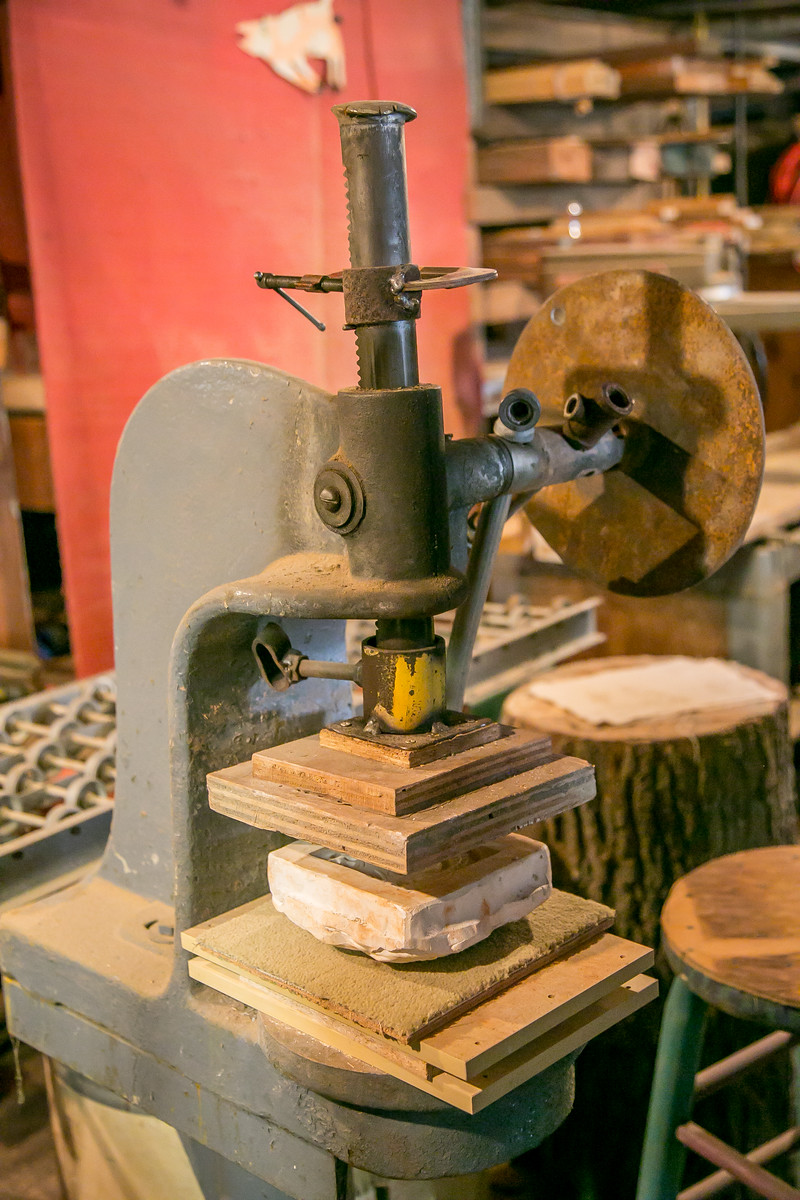
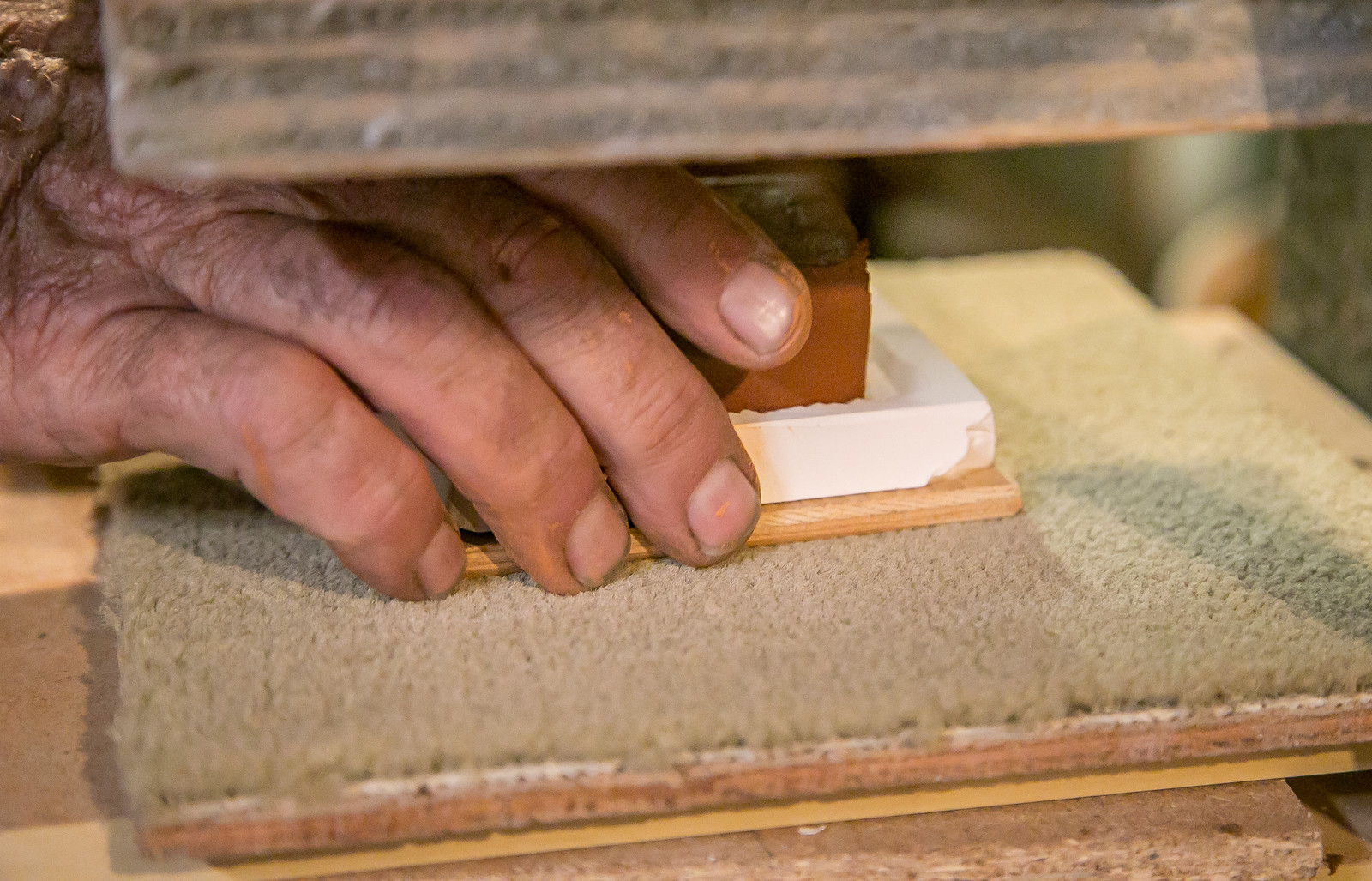
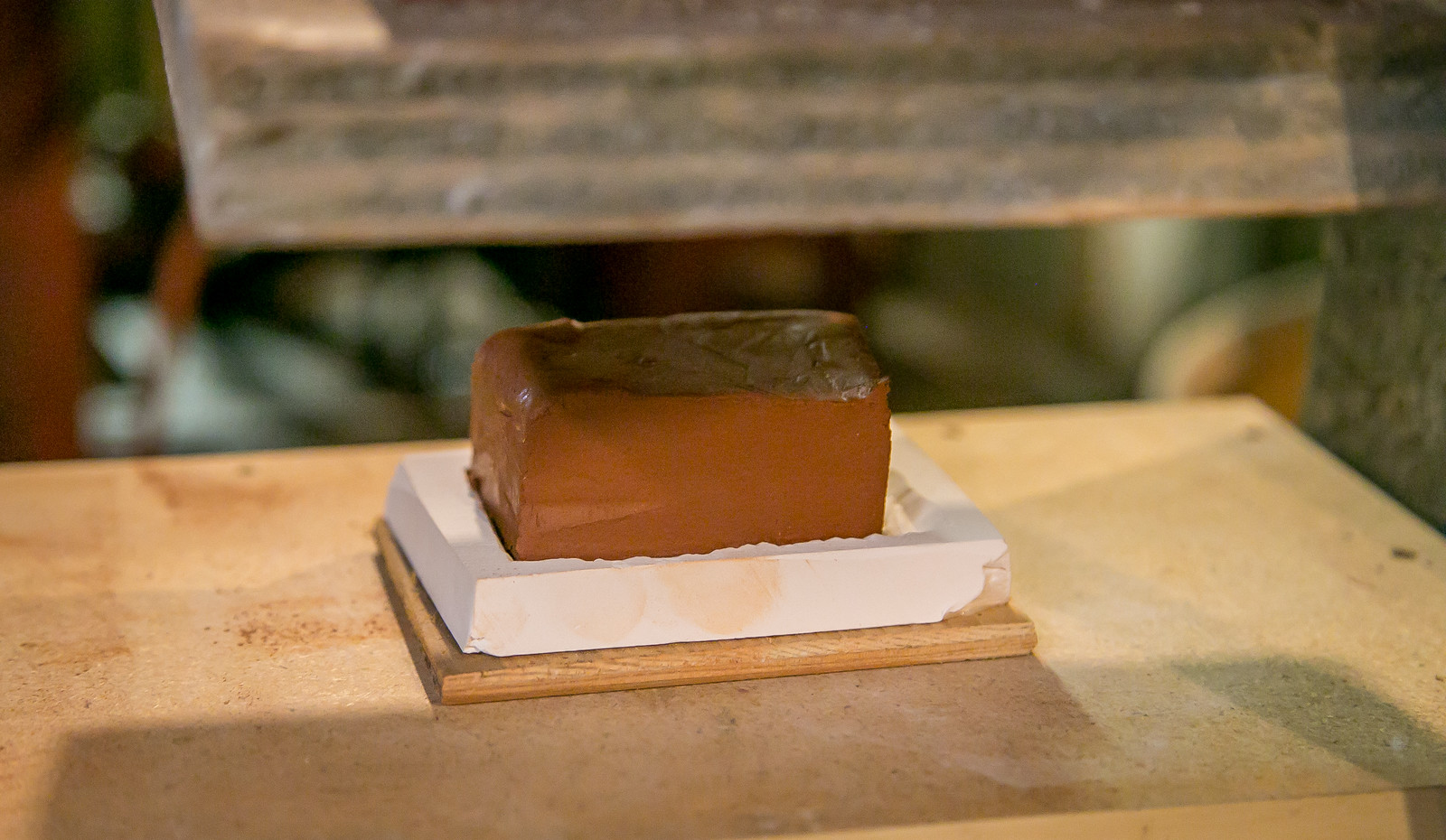
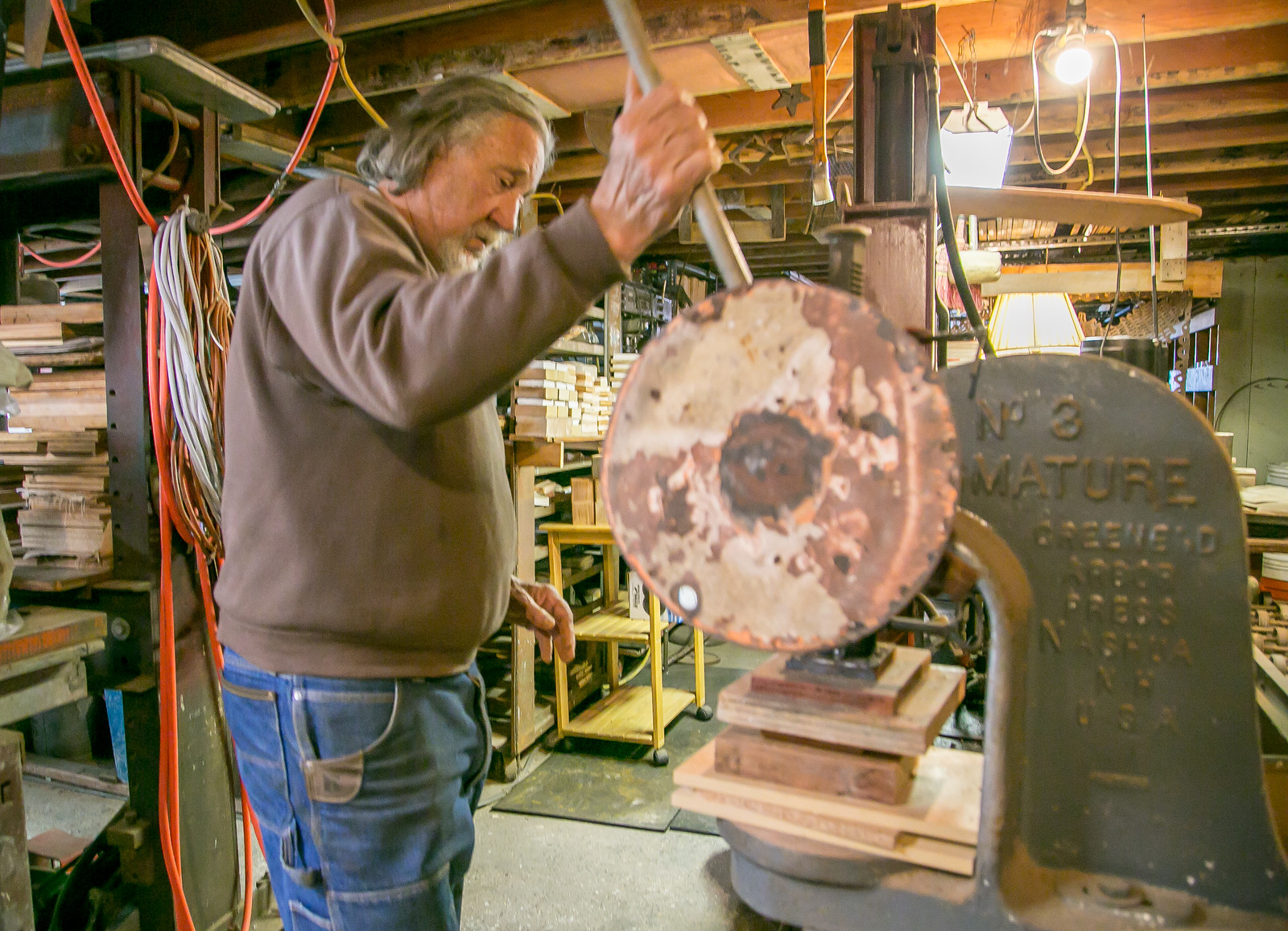
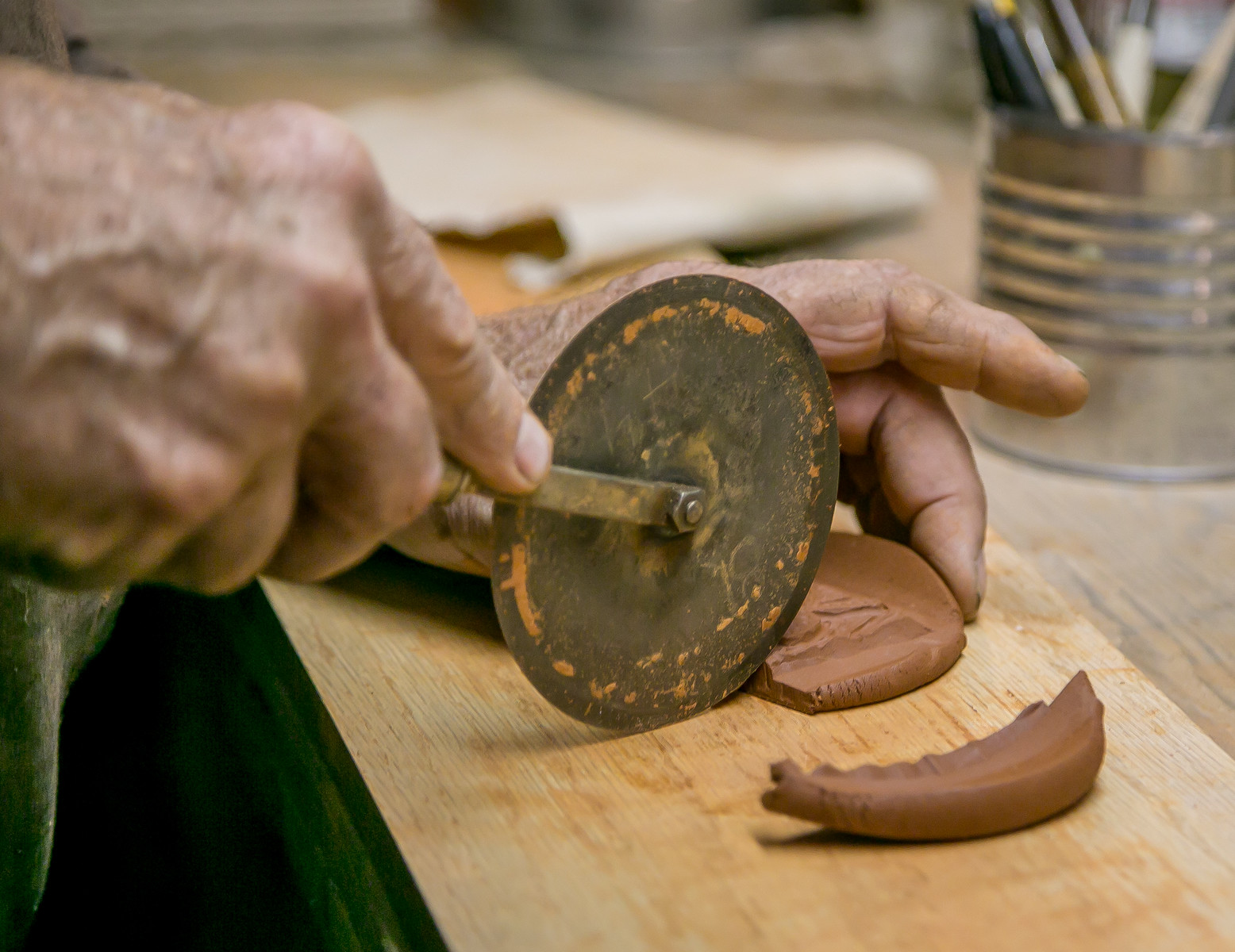
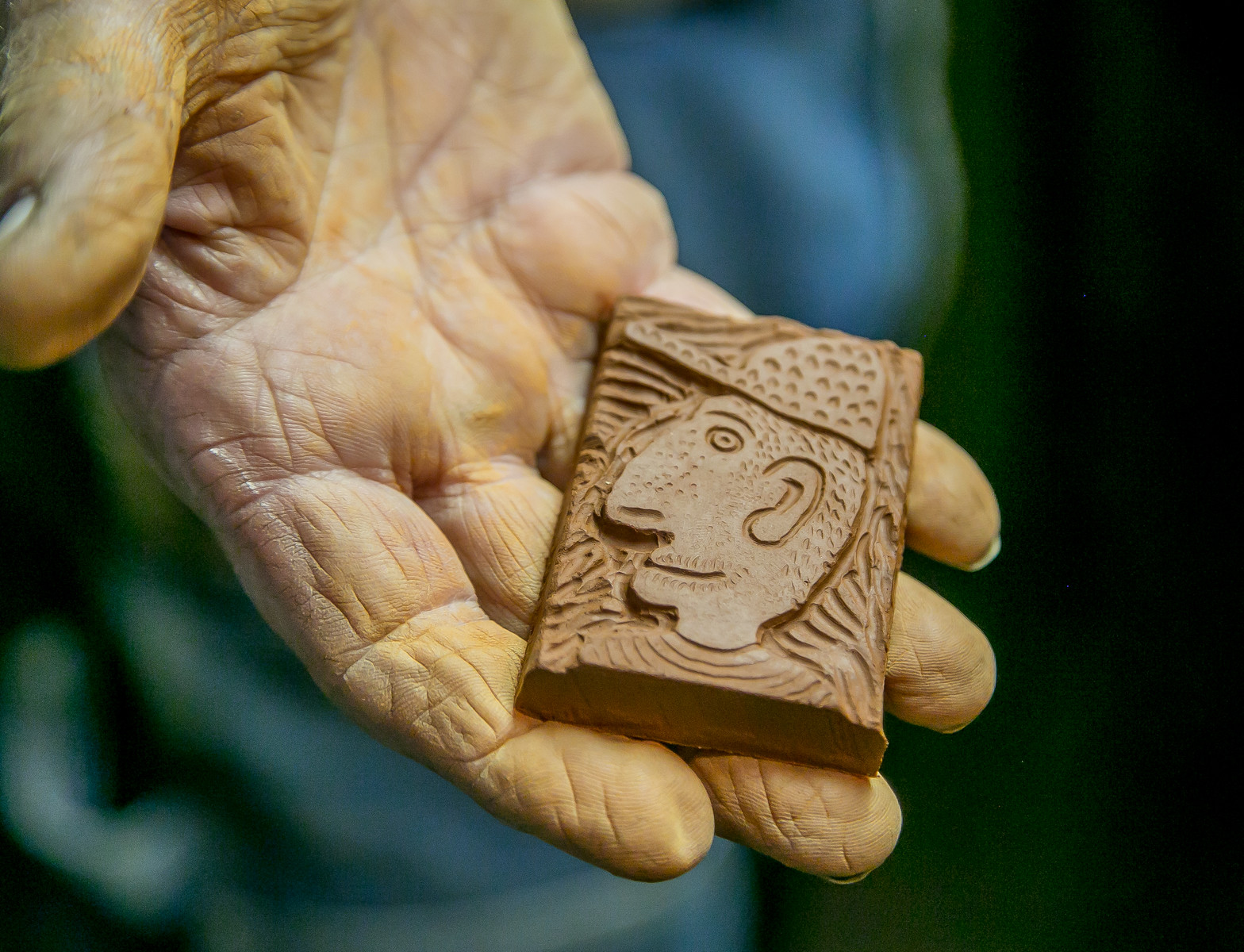
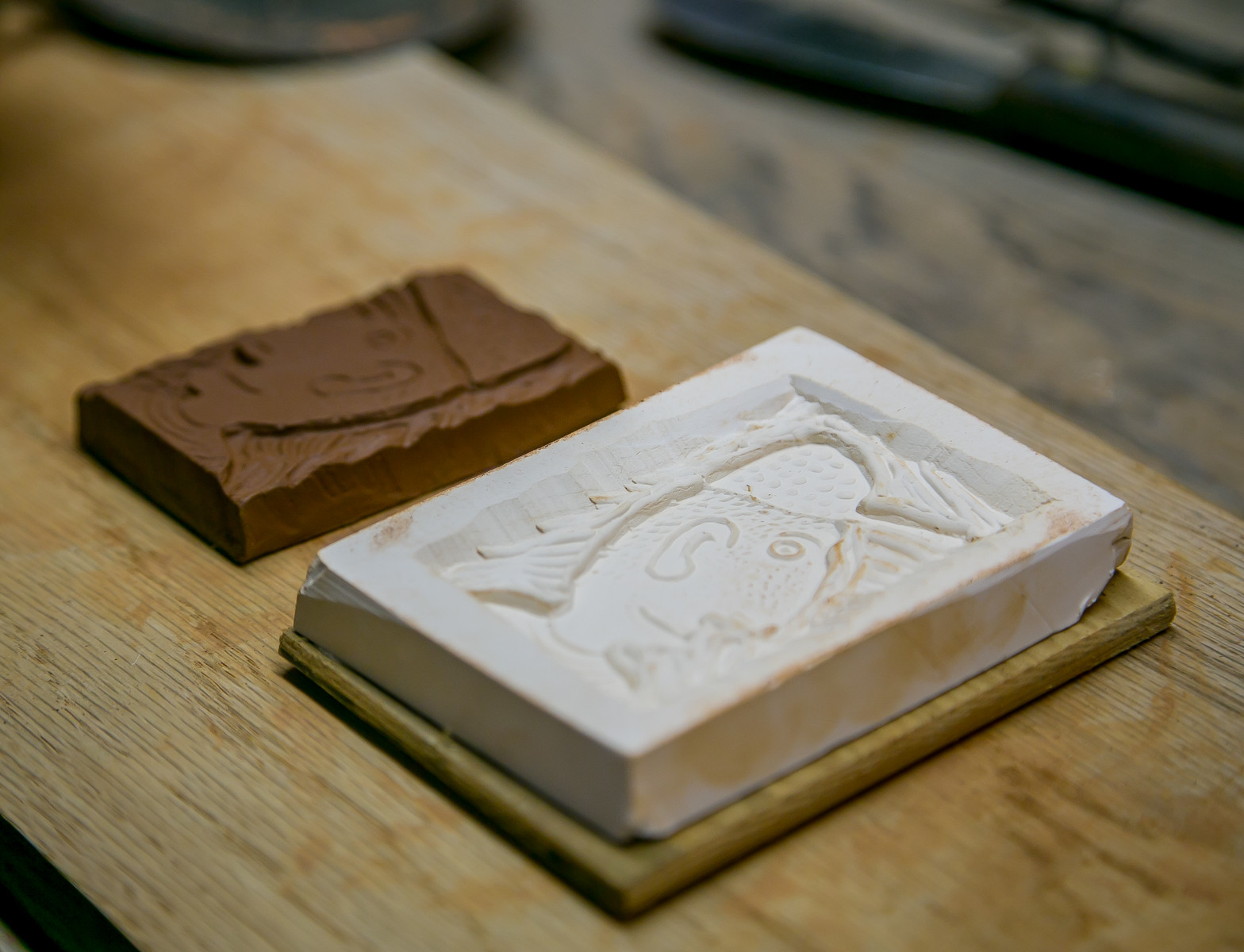
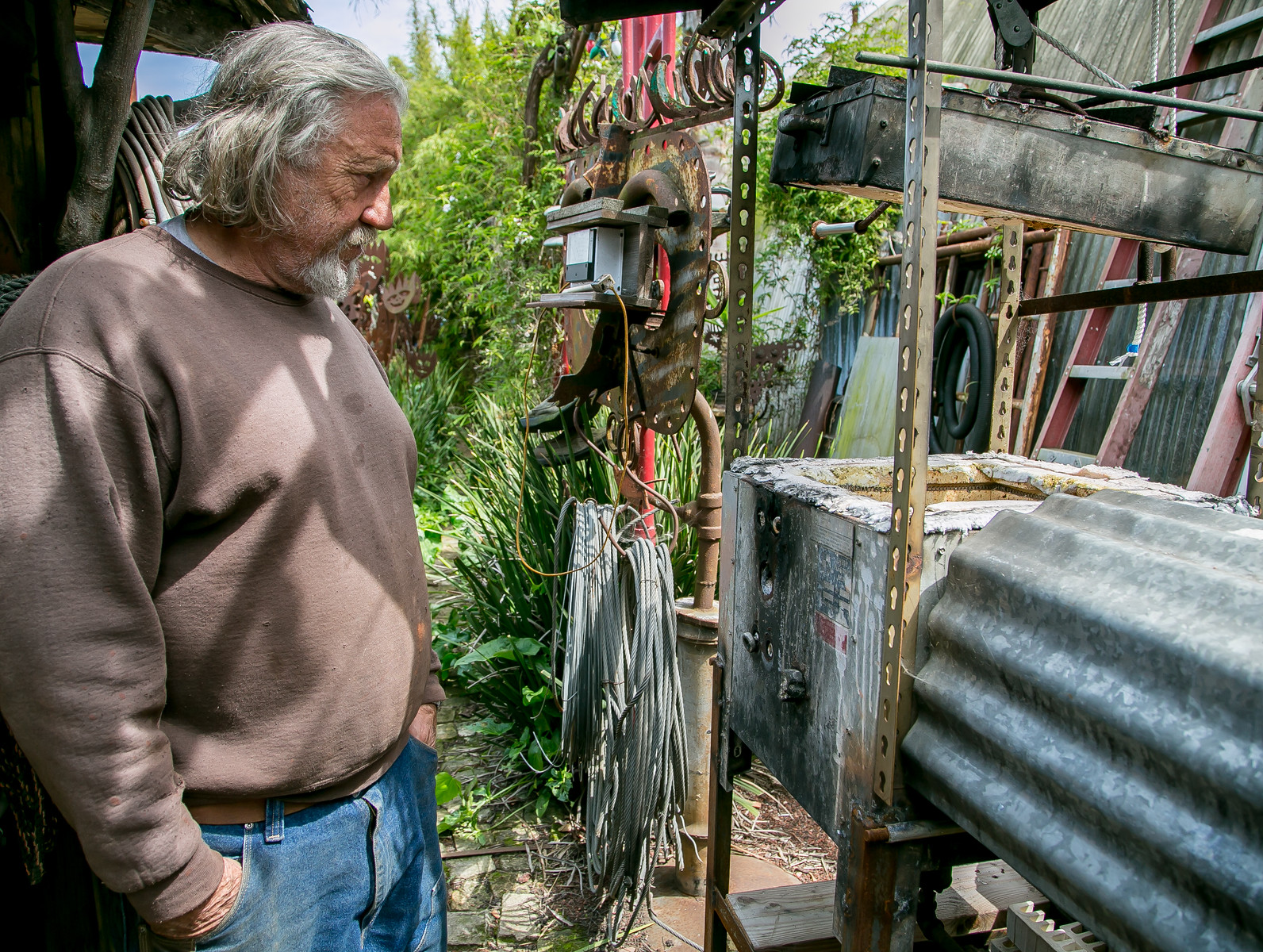
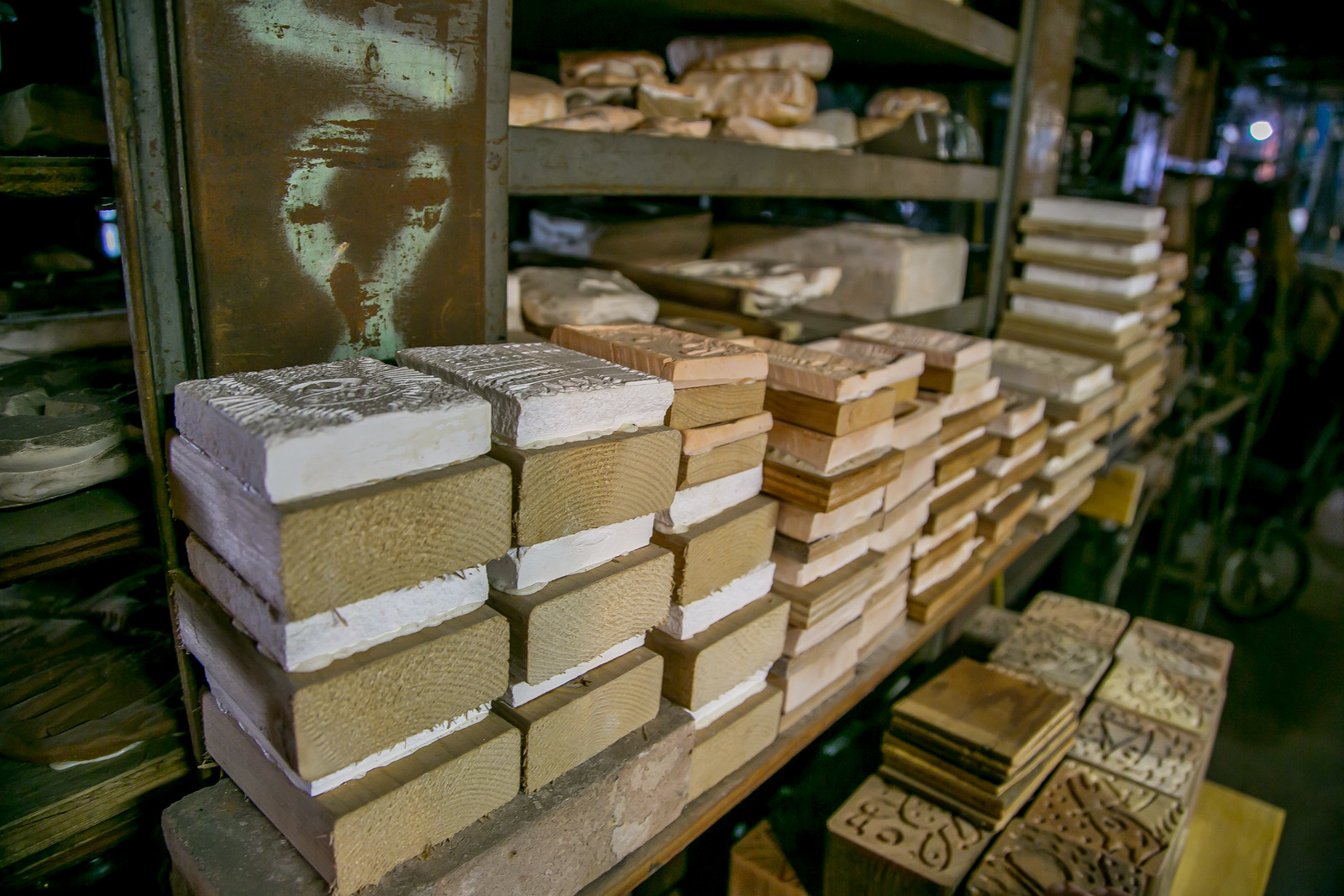
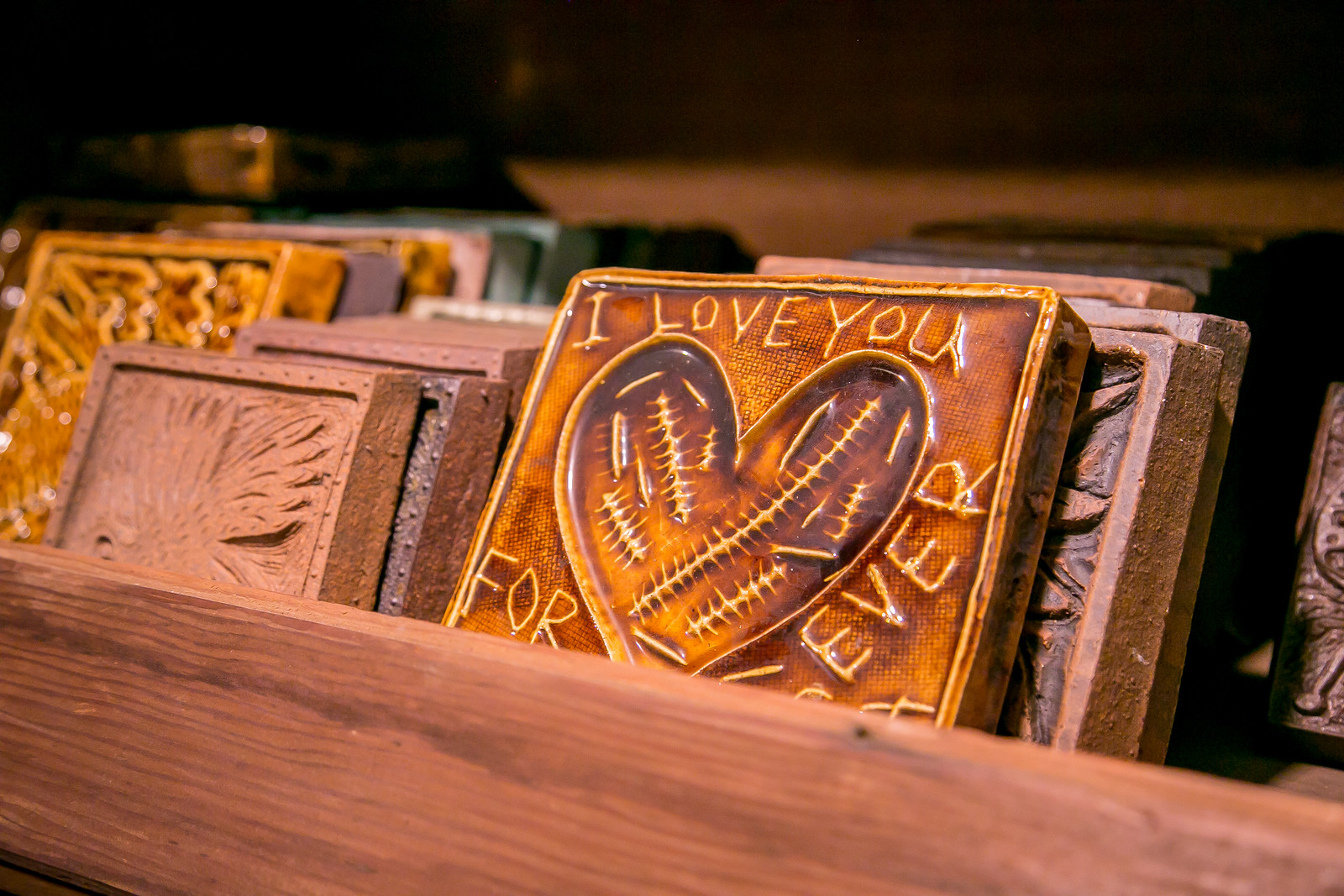
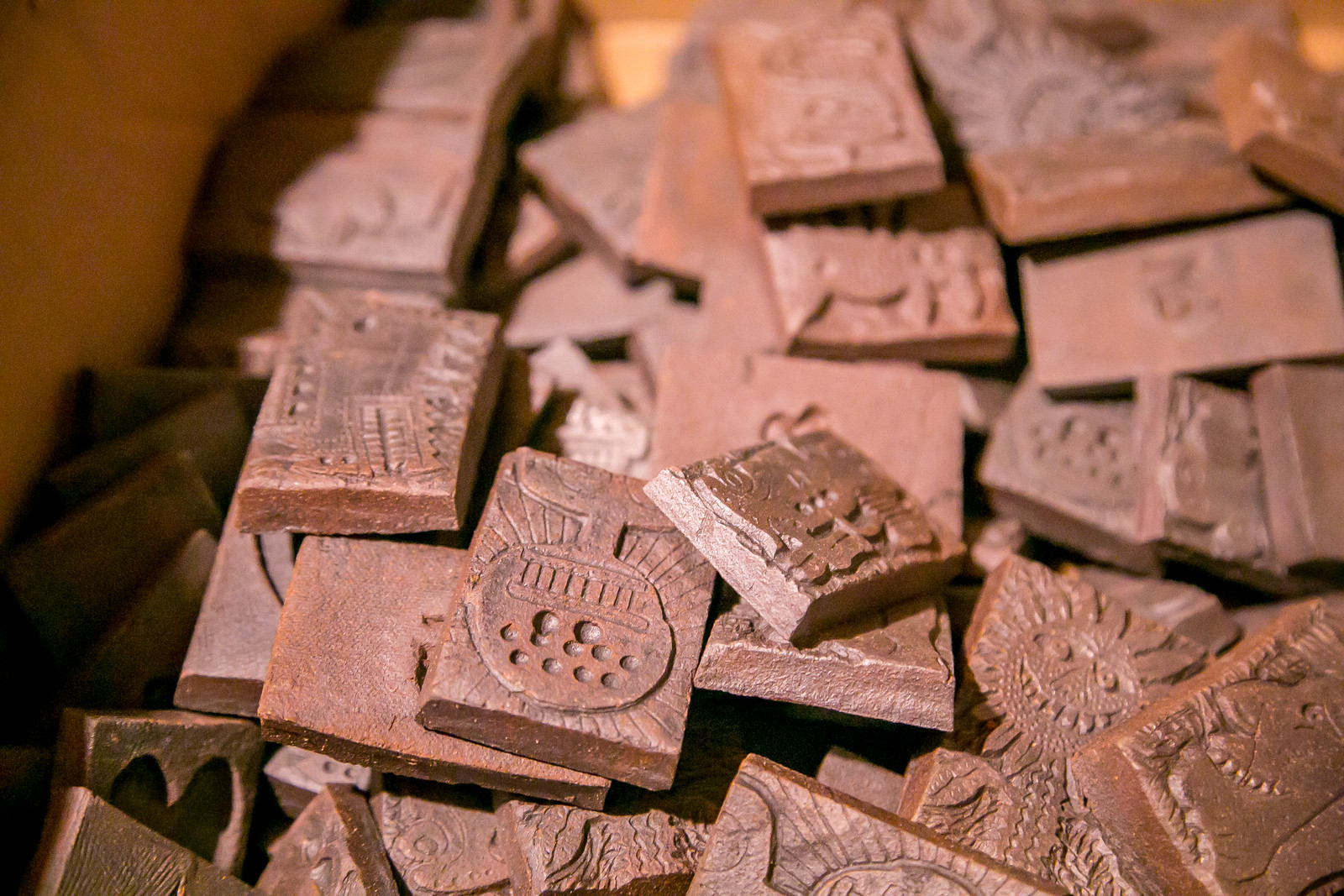
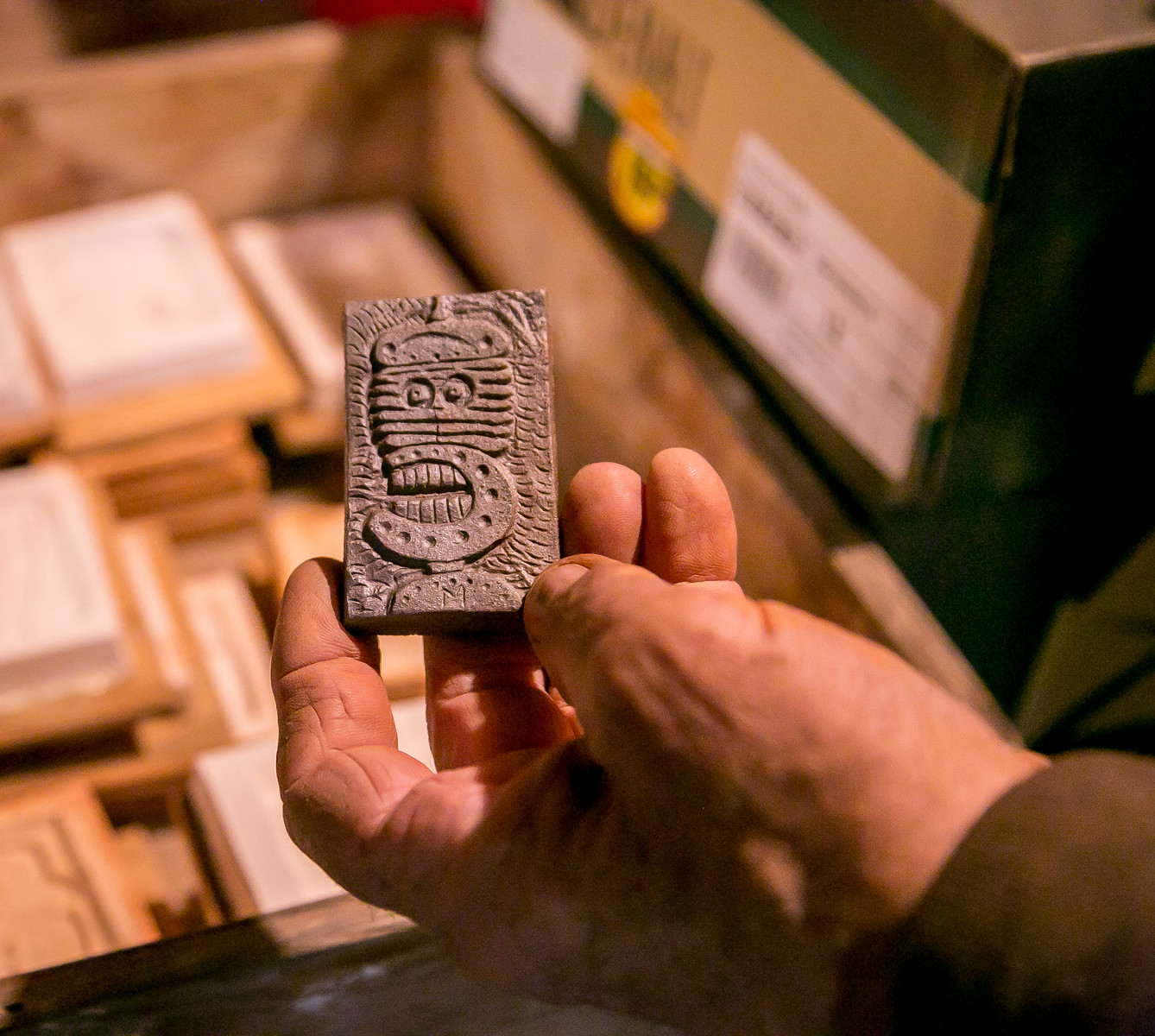
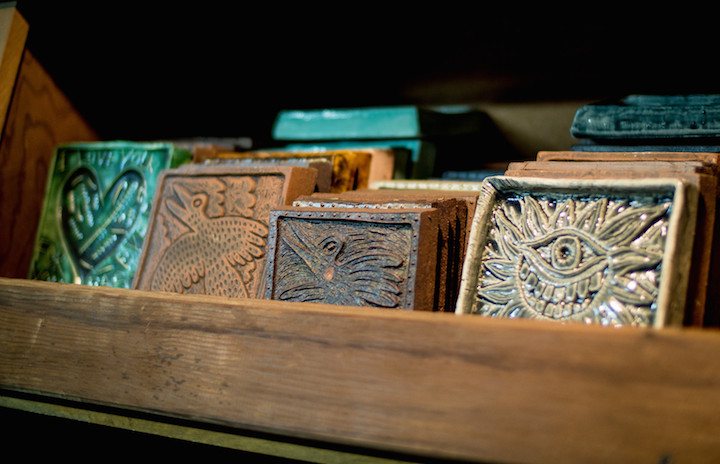
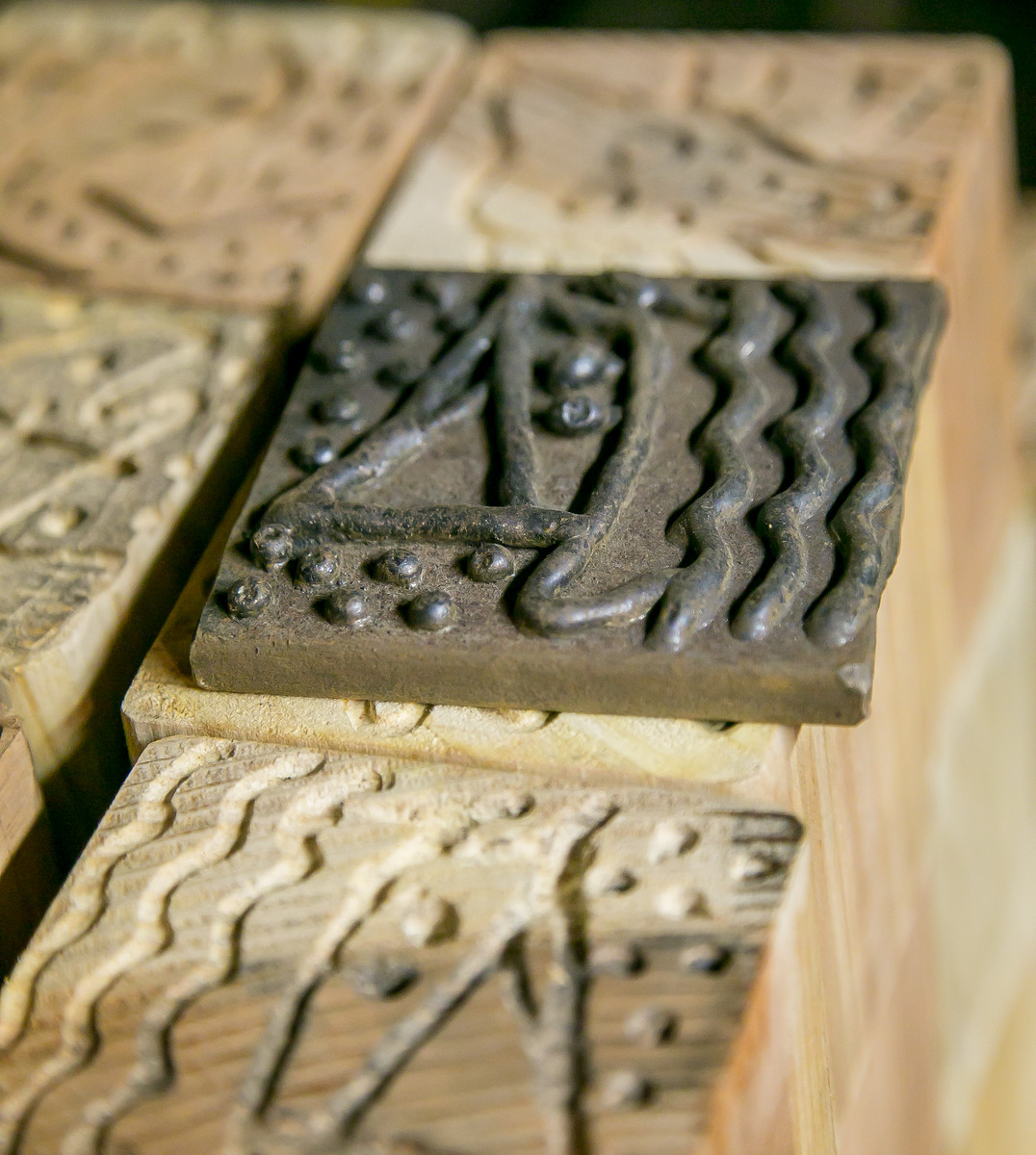
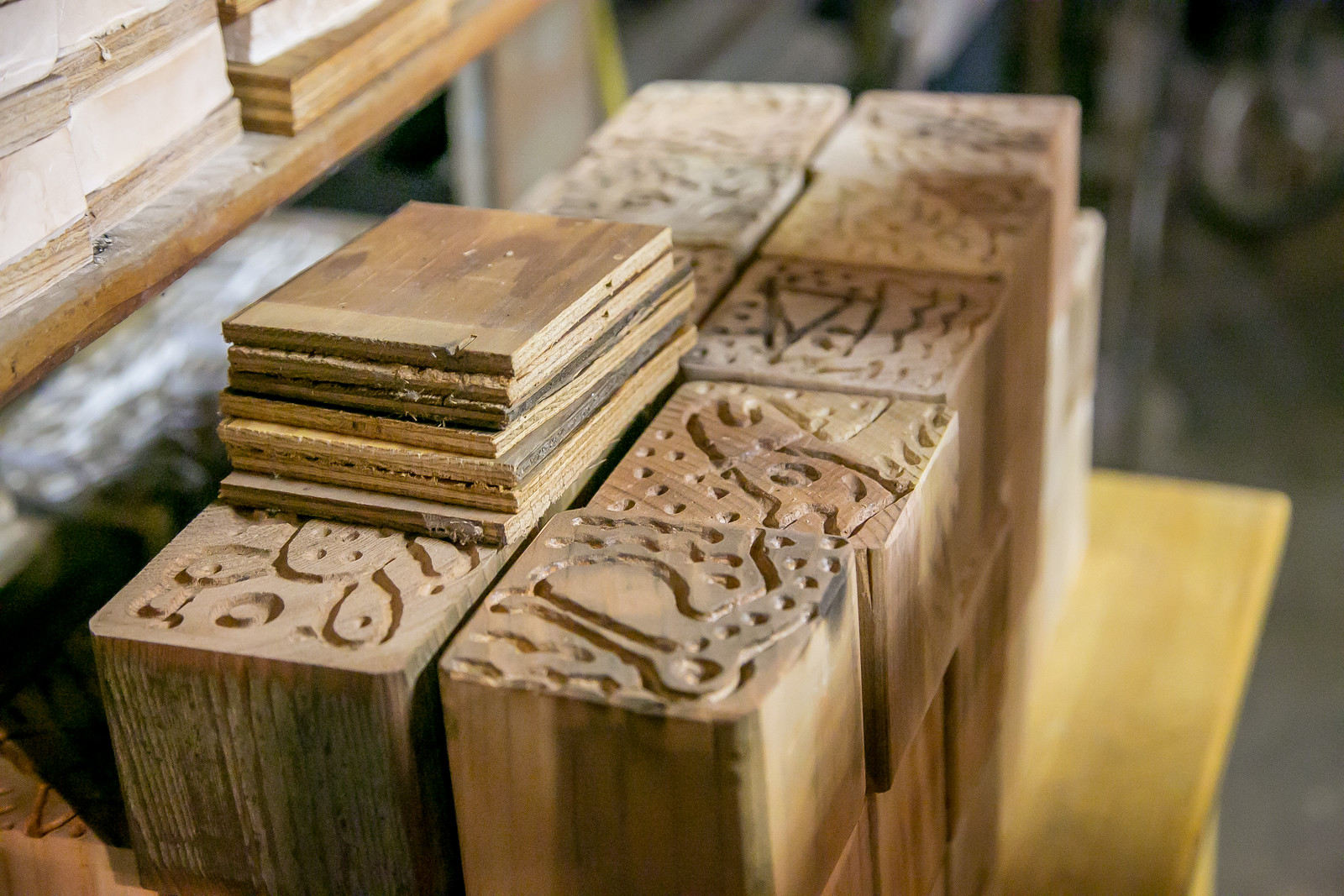
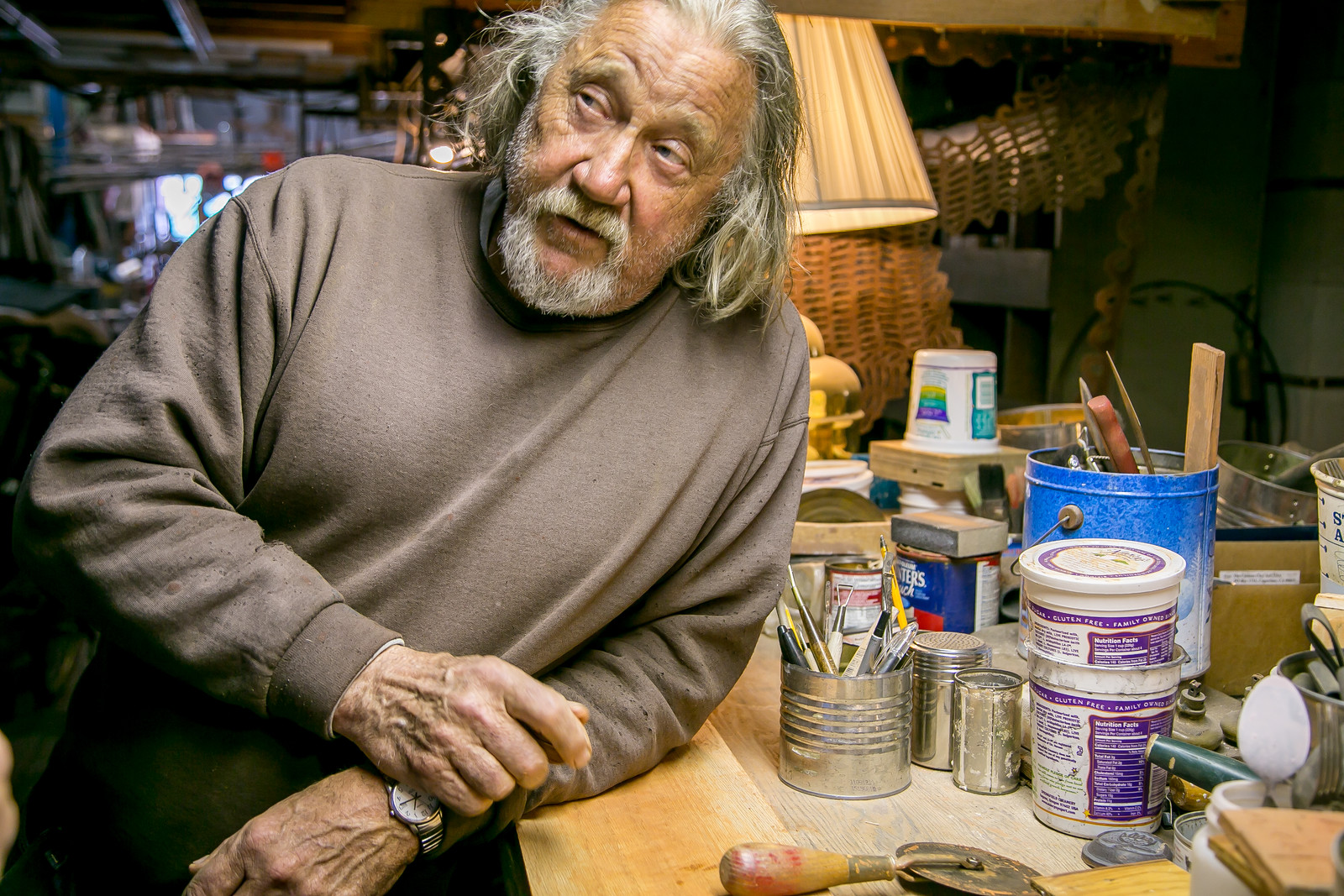
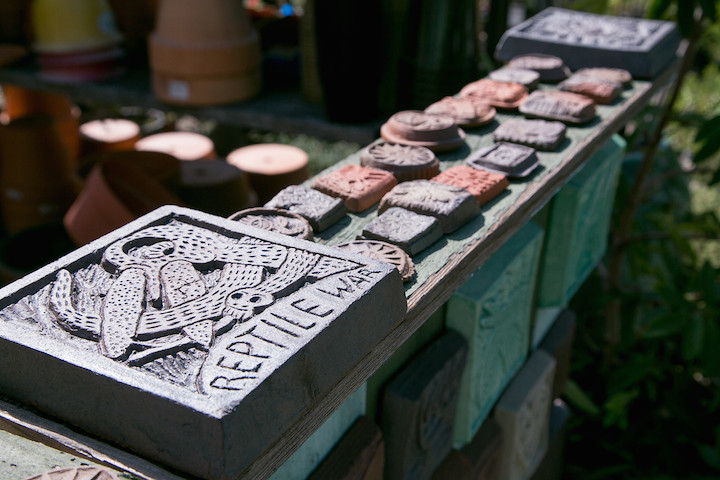
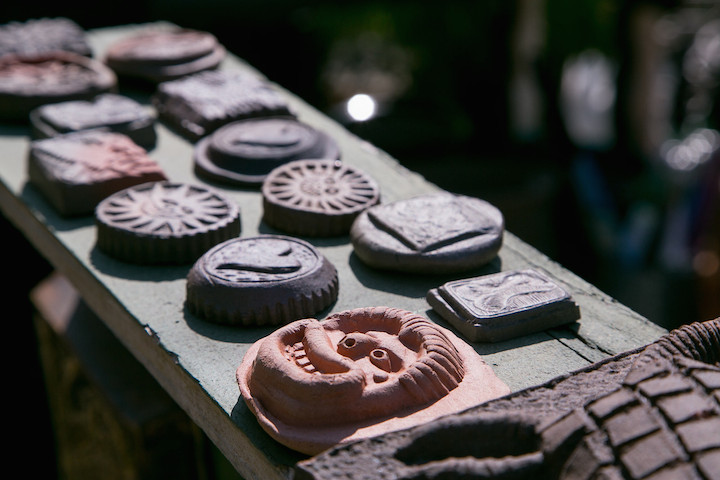
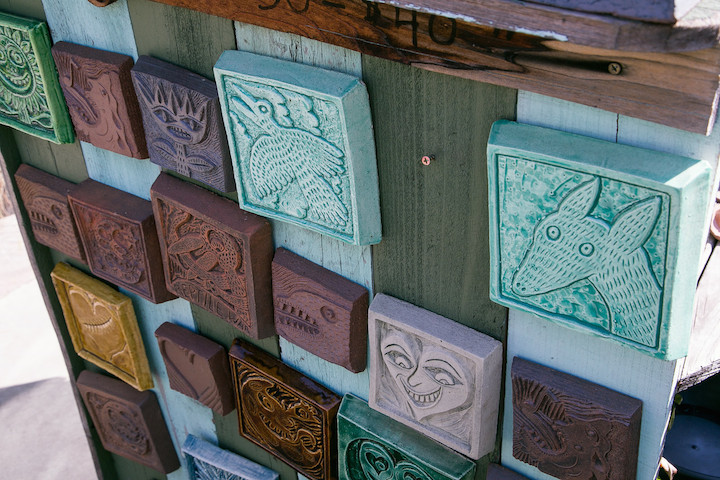
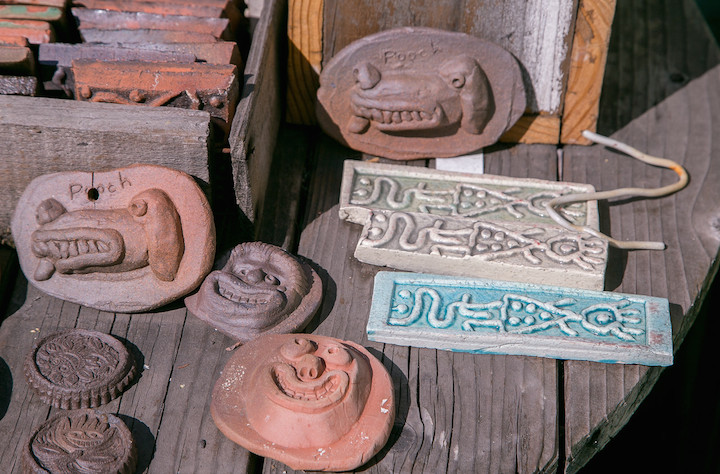
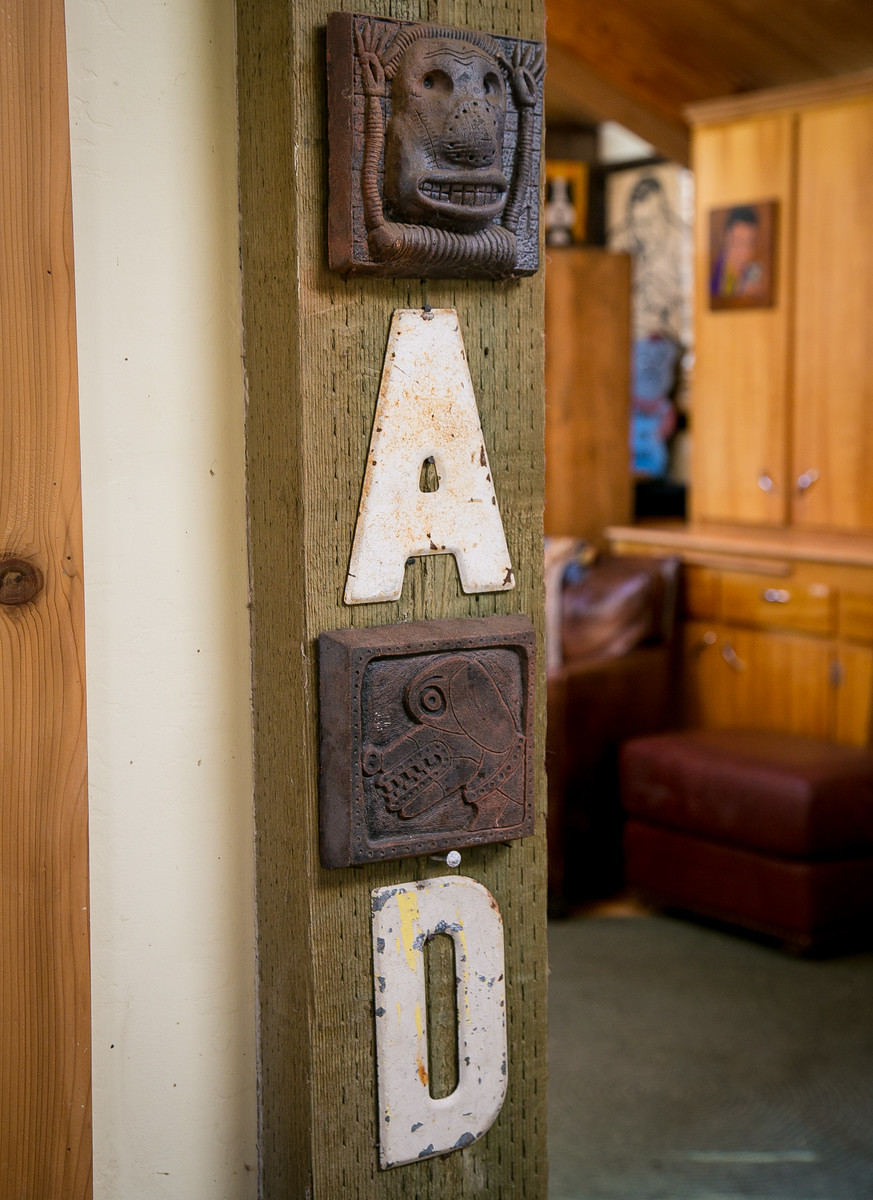
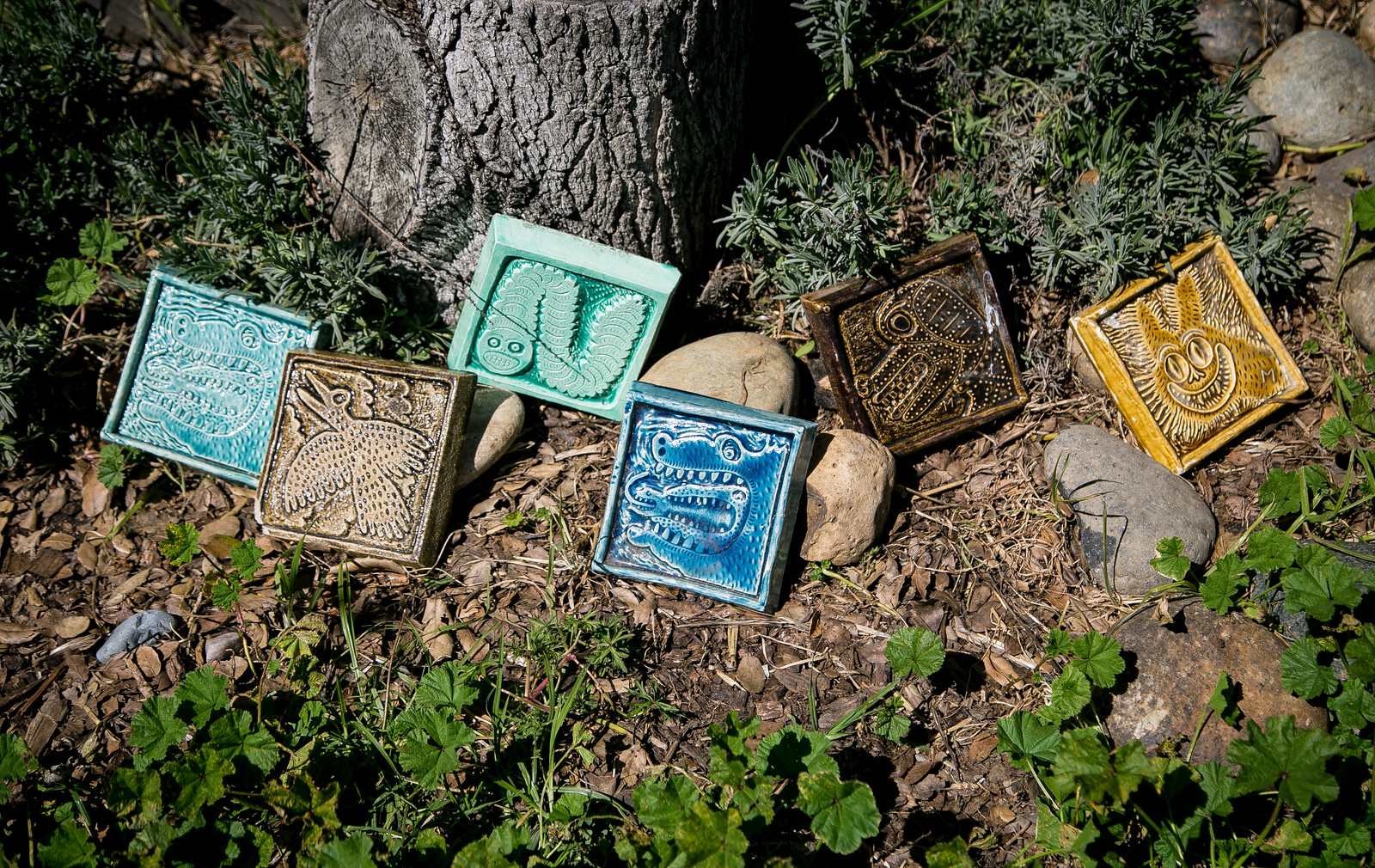
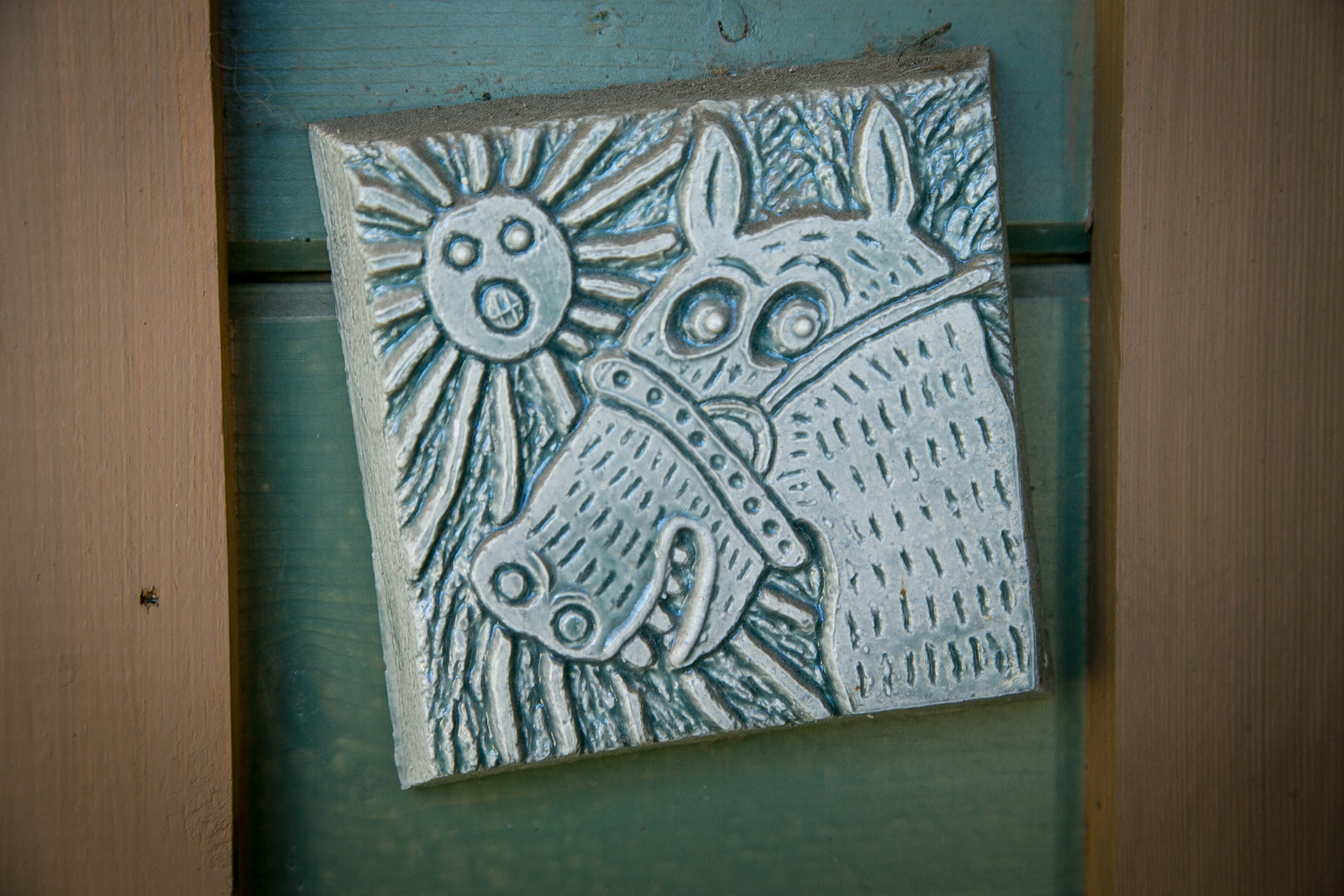
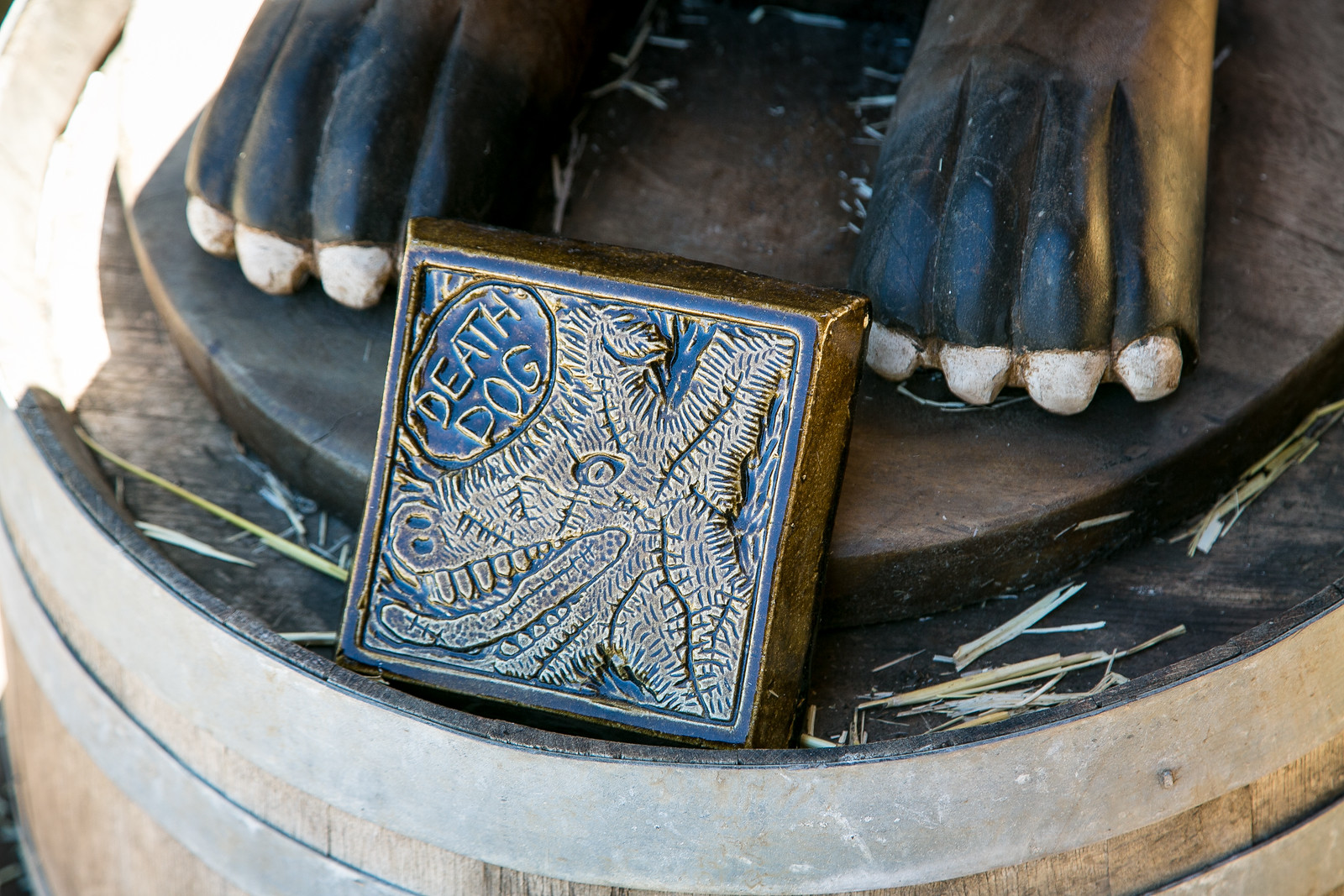
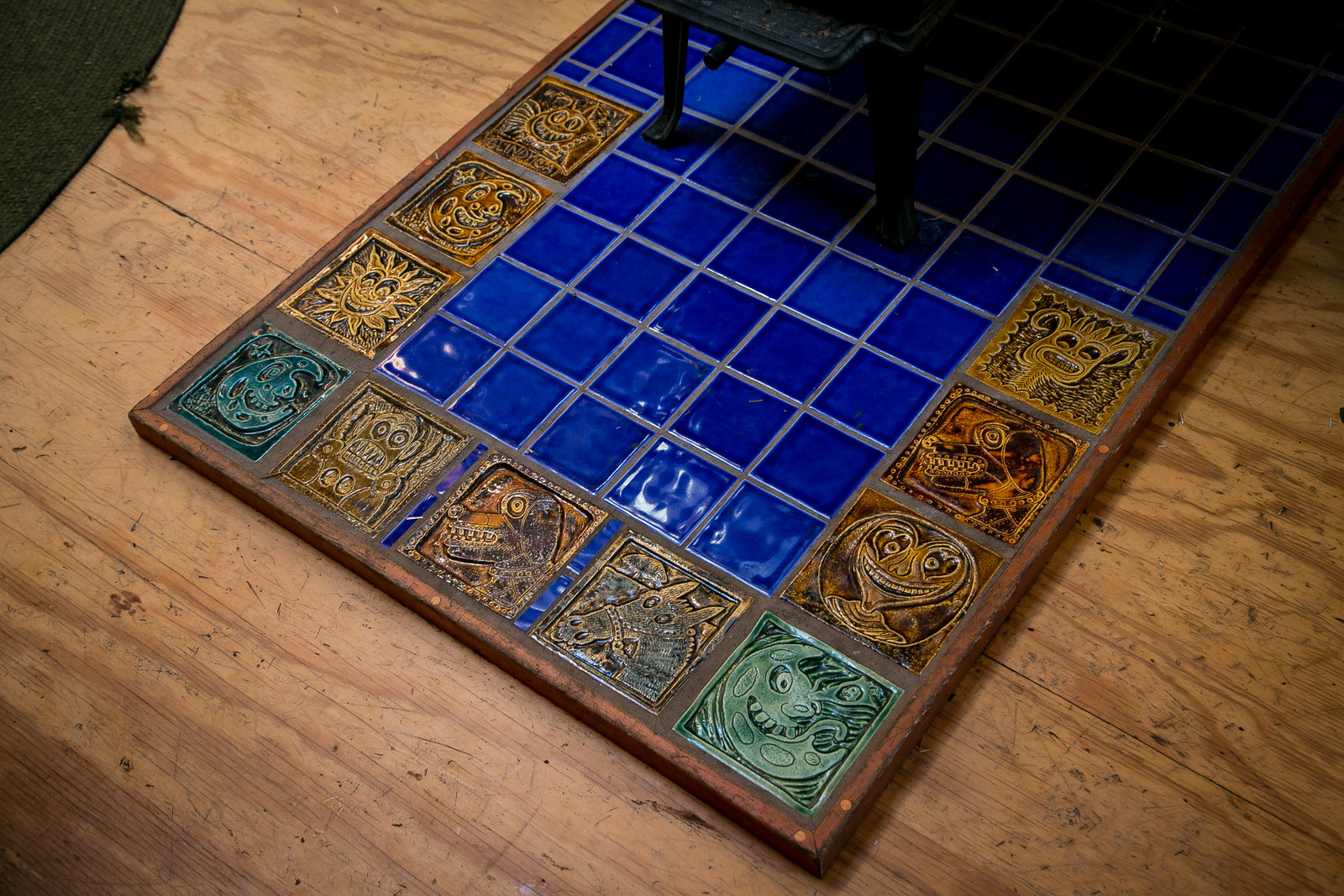
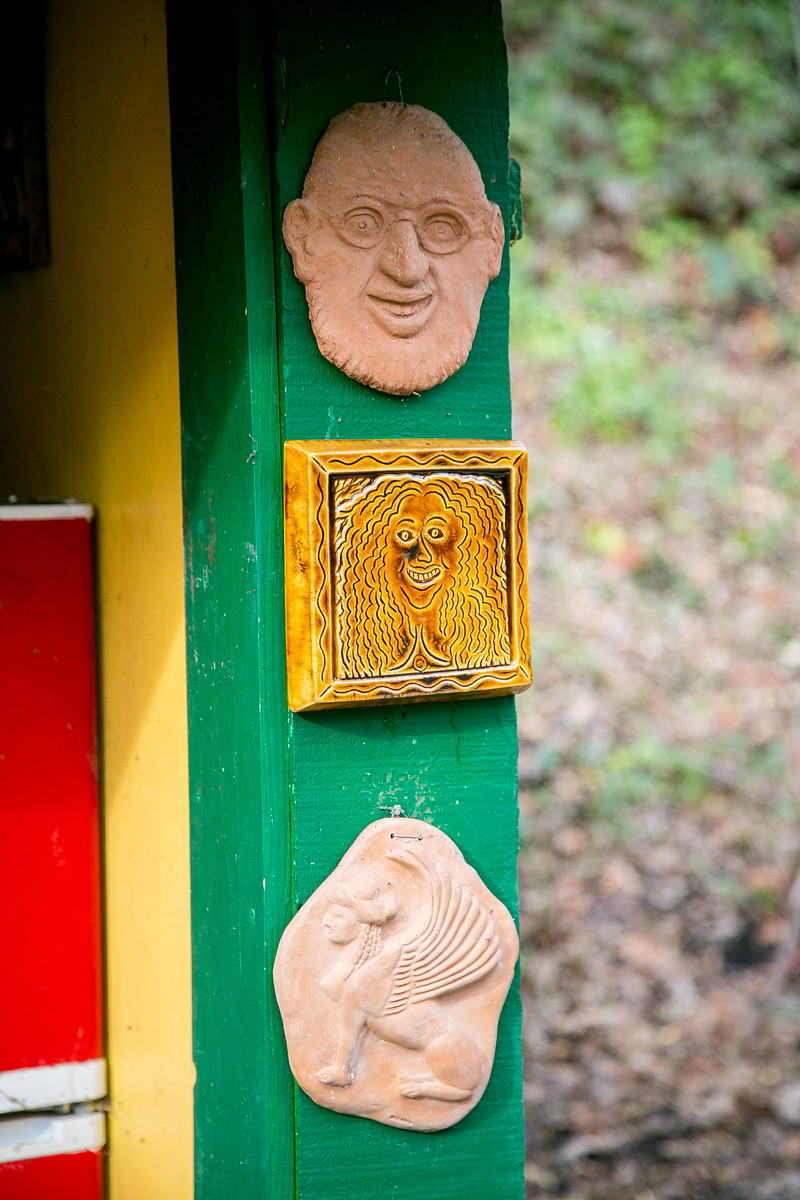

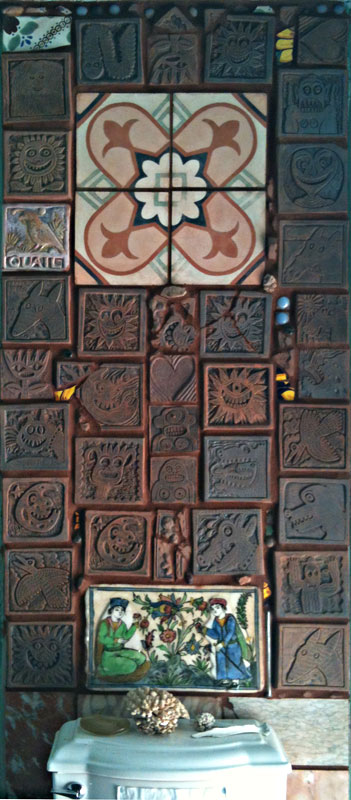
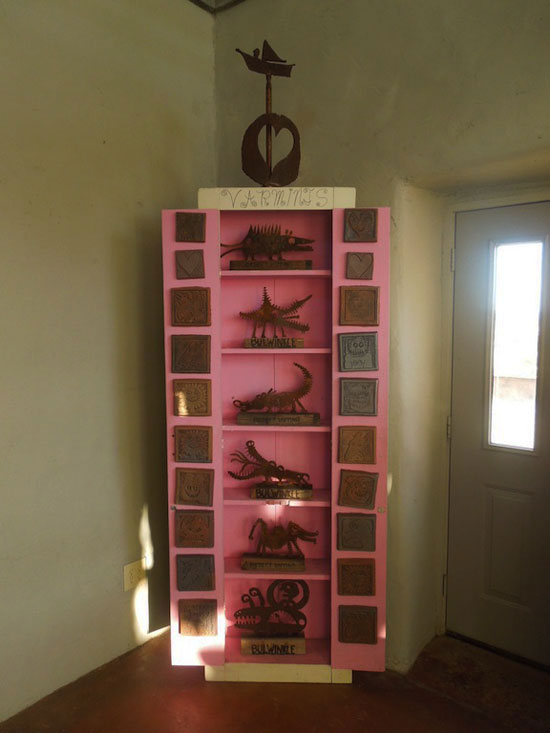
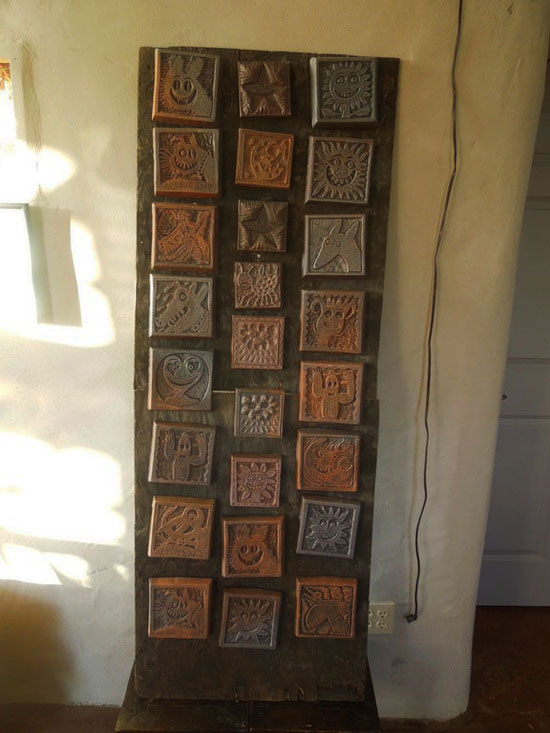
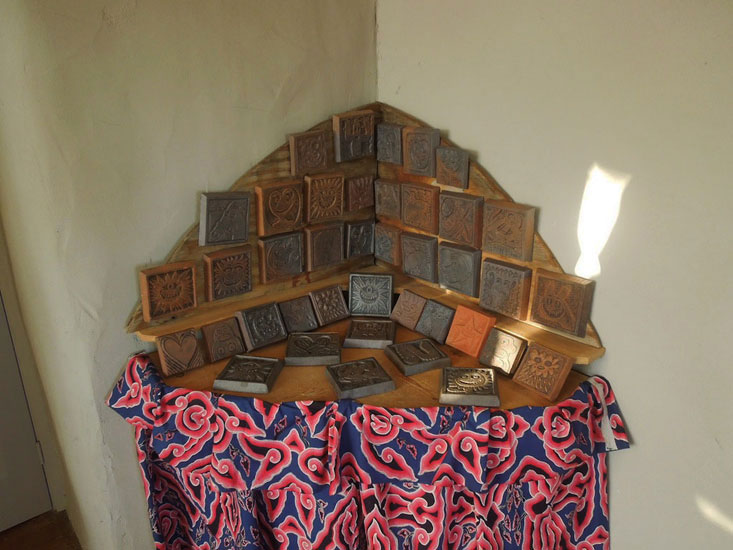
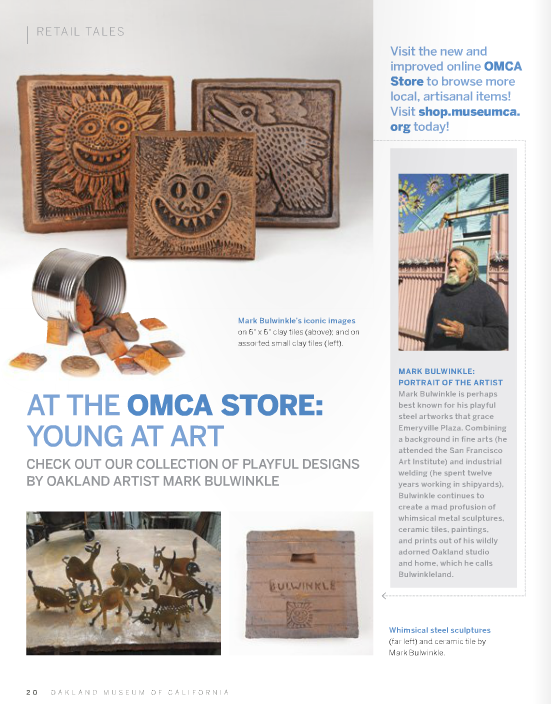

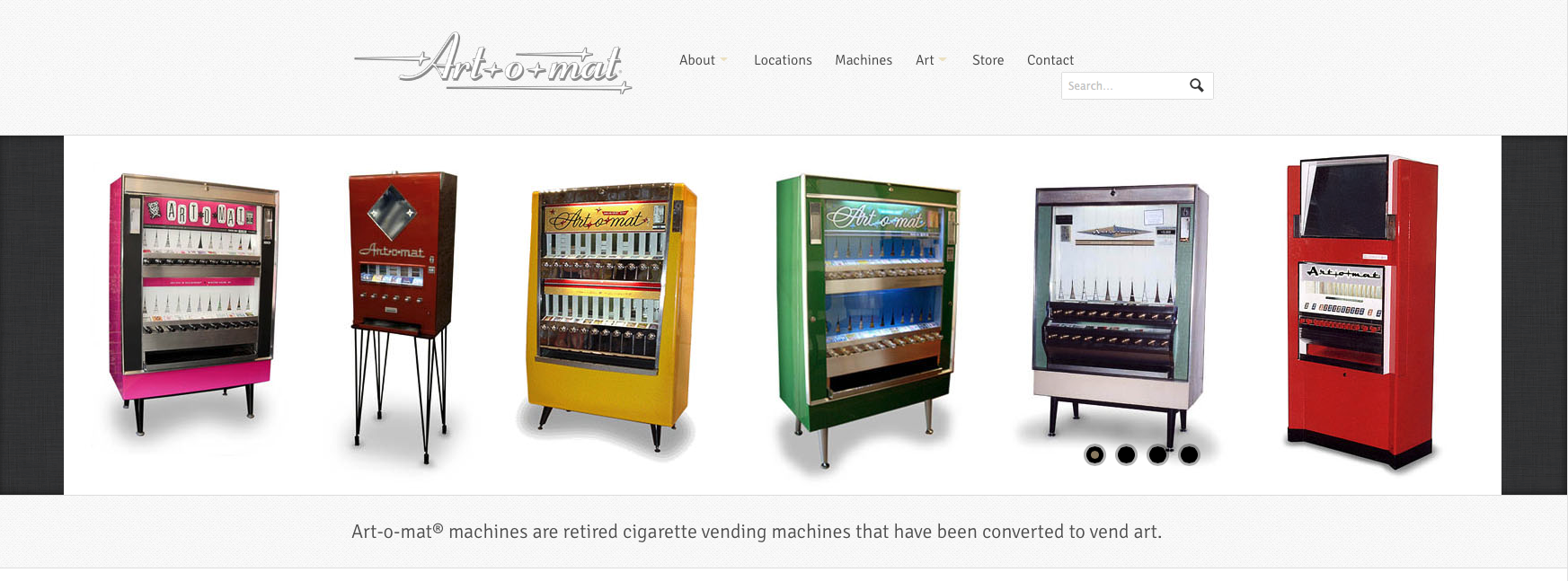
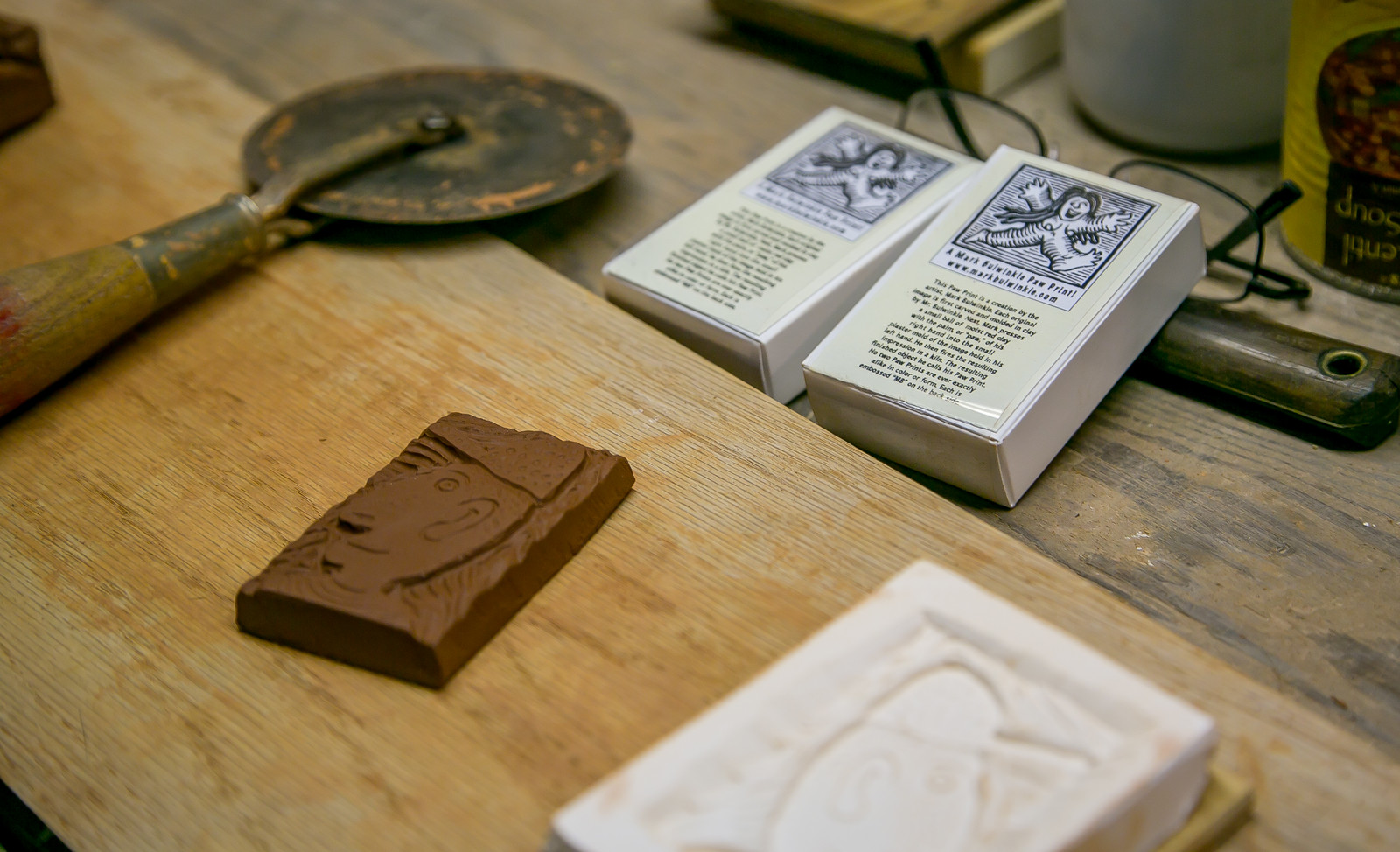
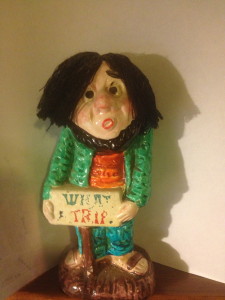
Great, Tom! I love the art vending machines!
Good post…like the handmade clay guy……….i think he made some clay for Potters’ Studio.
P
An absolute necessity for Quirky Berkeley I love the vending machines I need to make one about fifteen feet tall and eight feet wide to take to Silicon Valley to sell paintings……A great post, thank you.